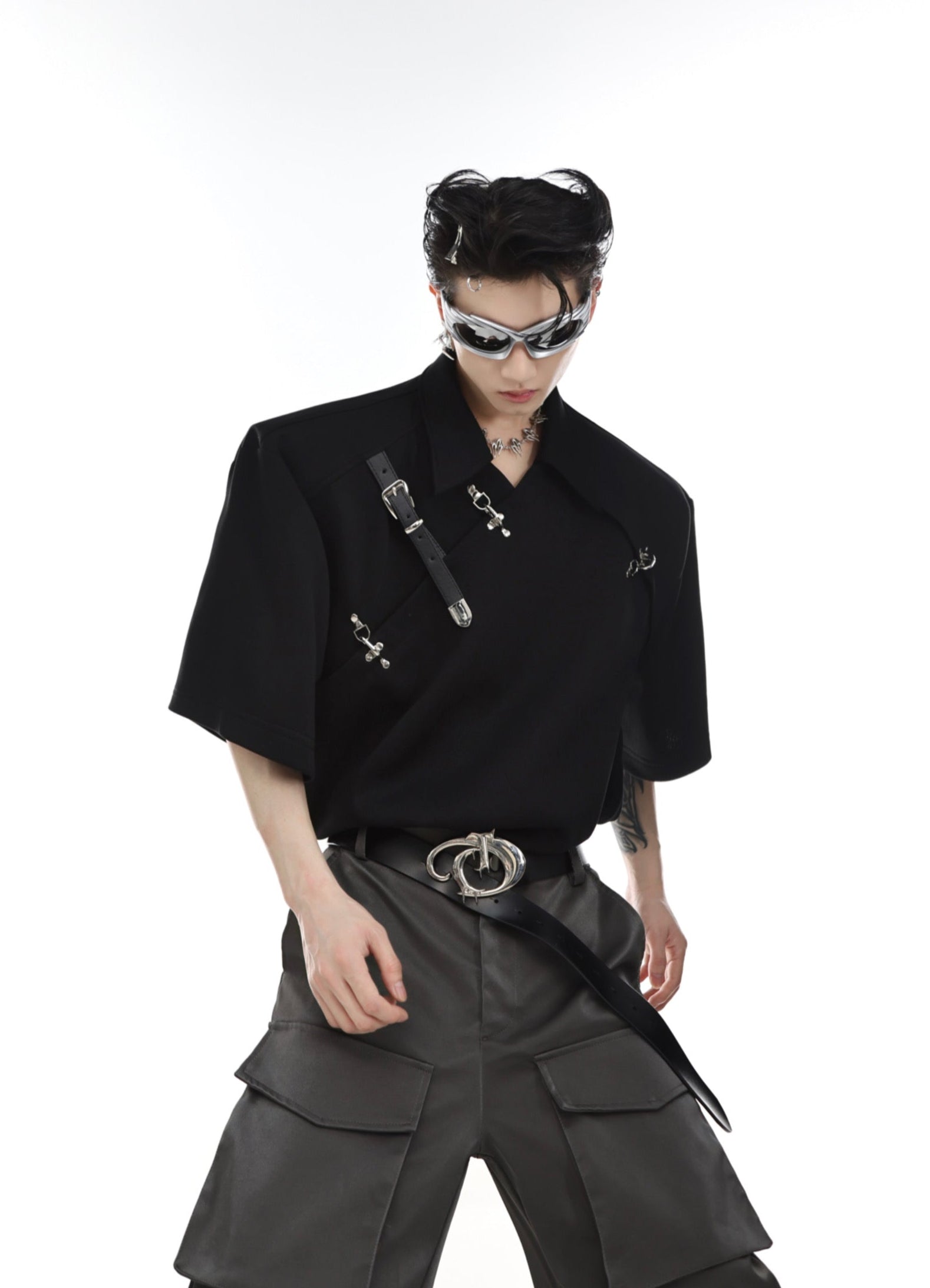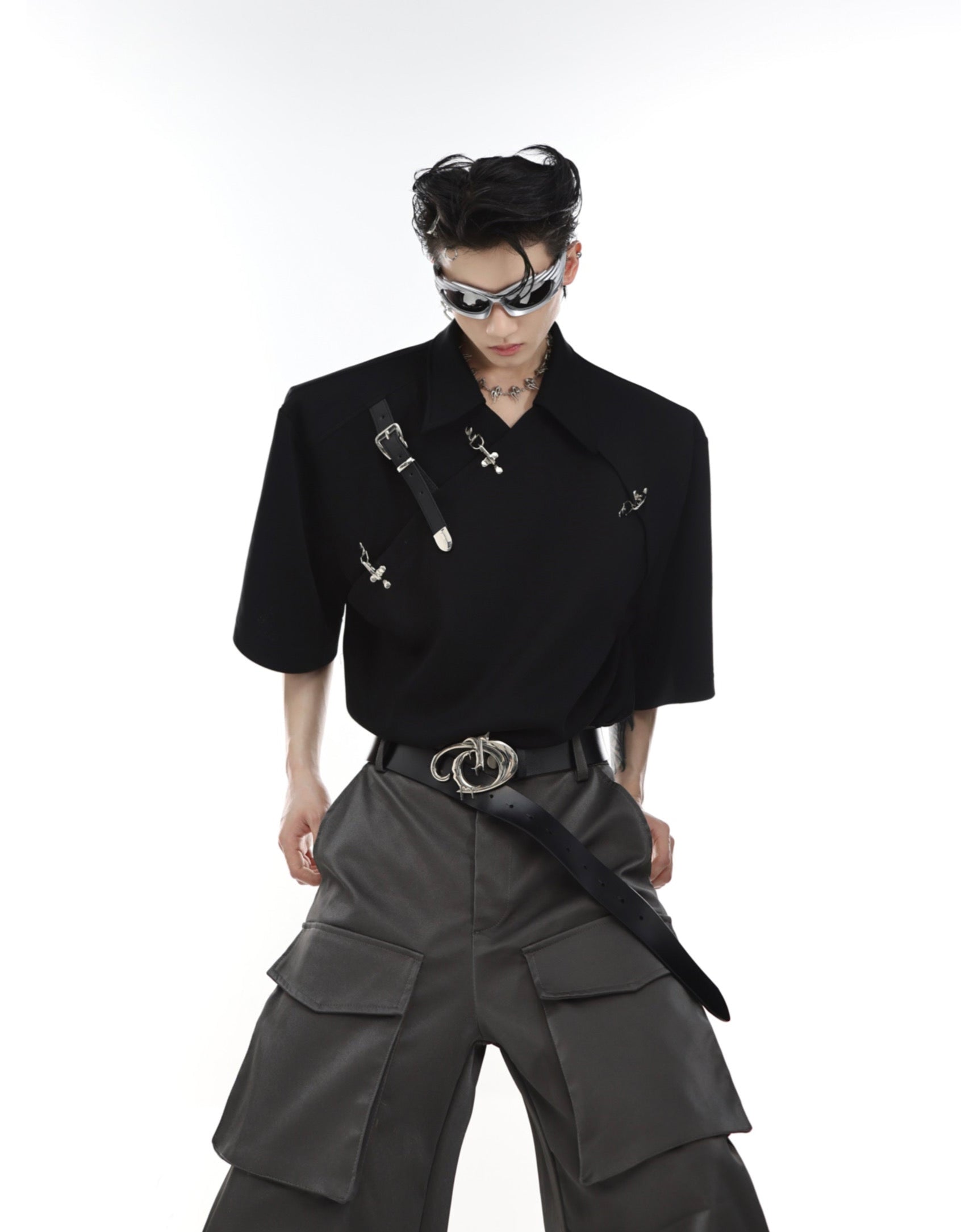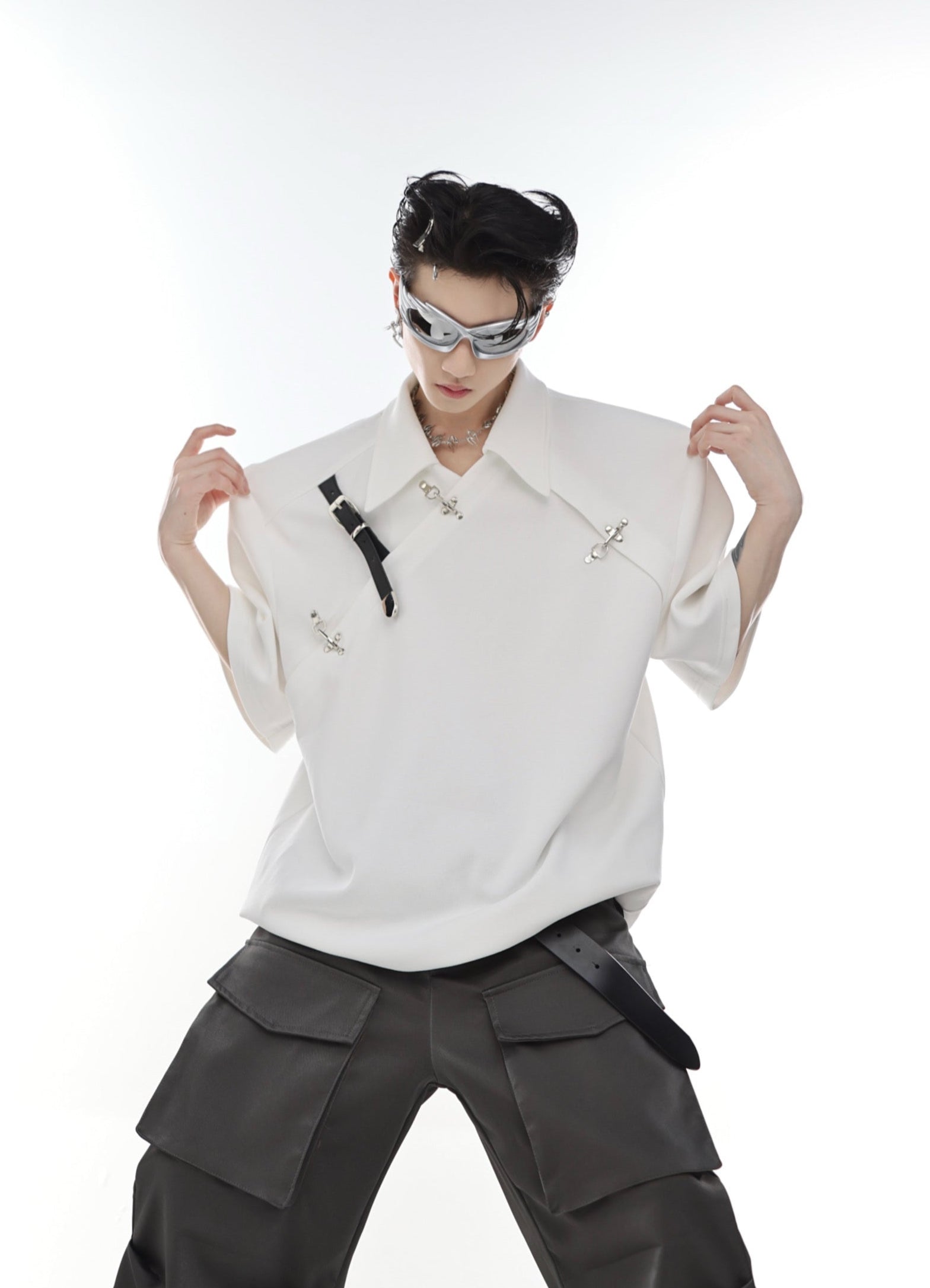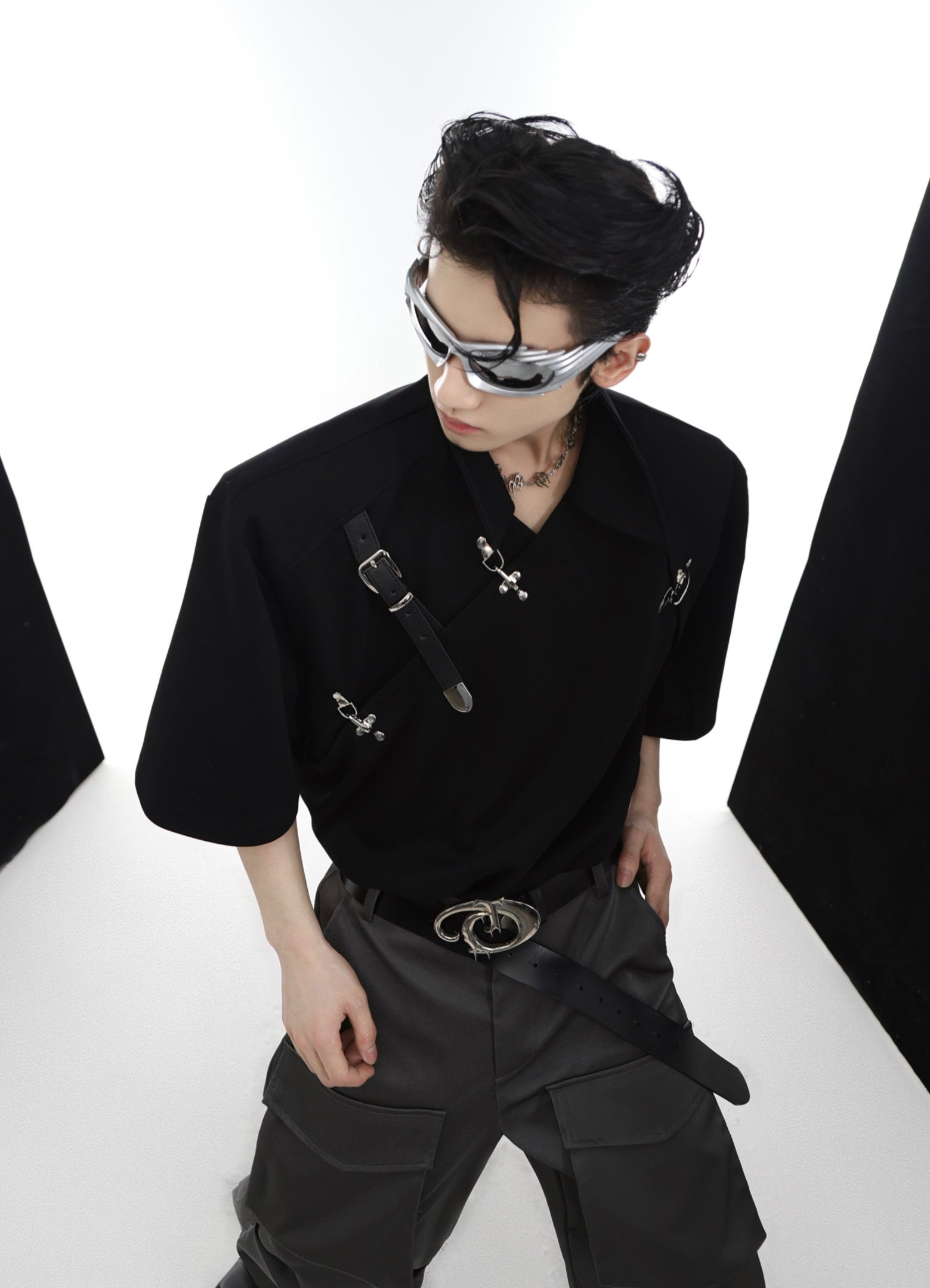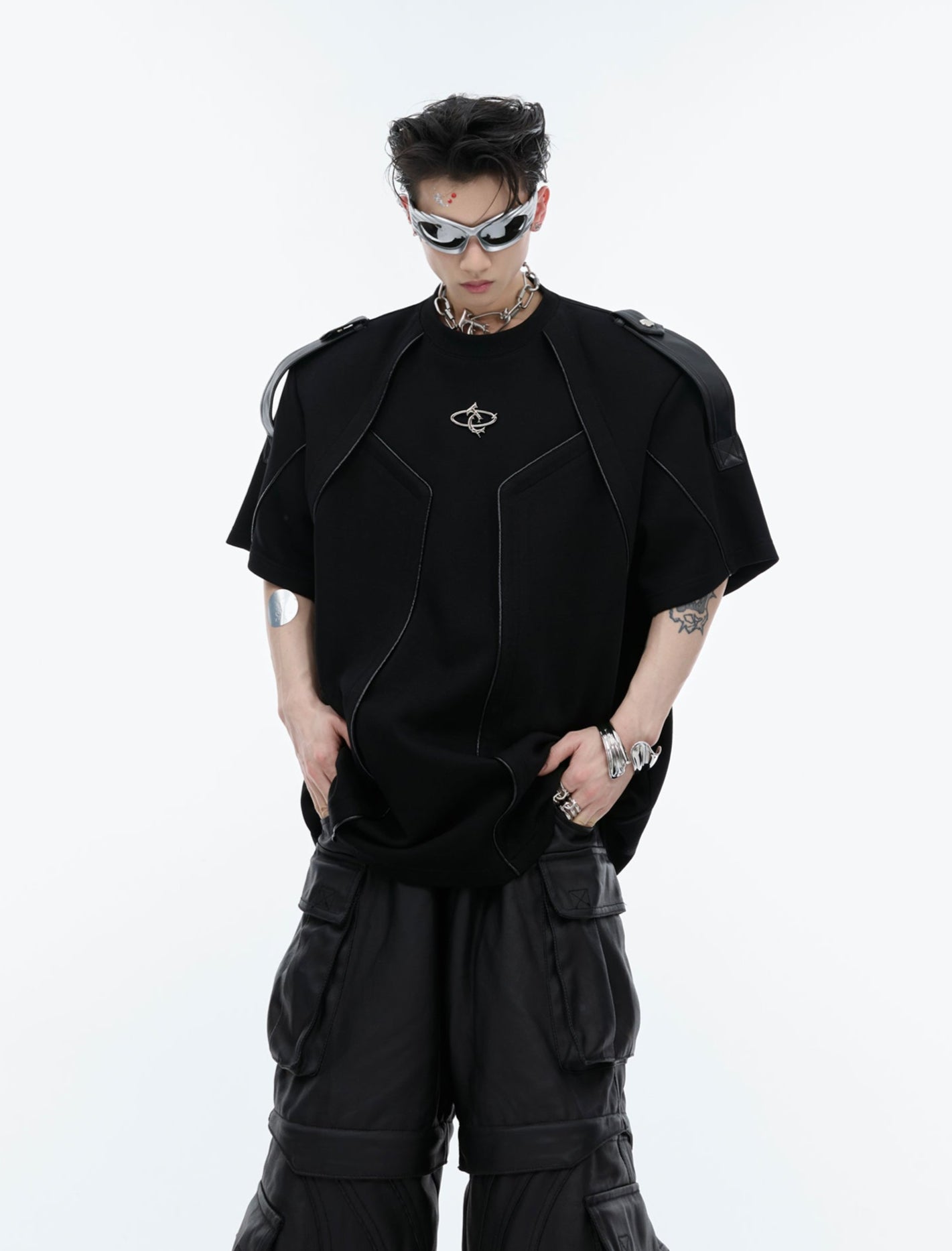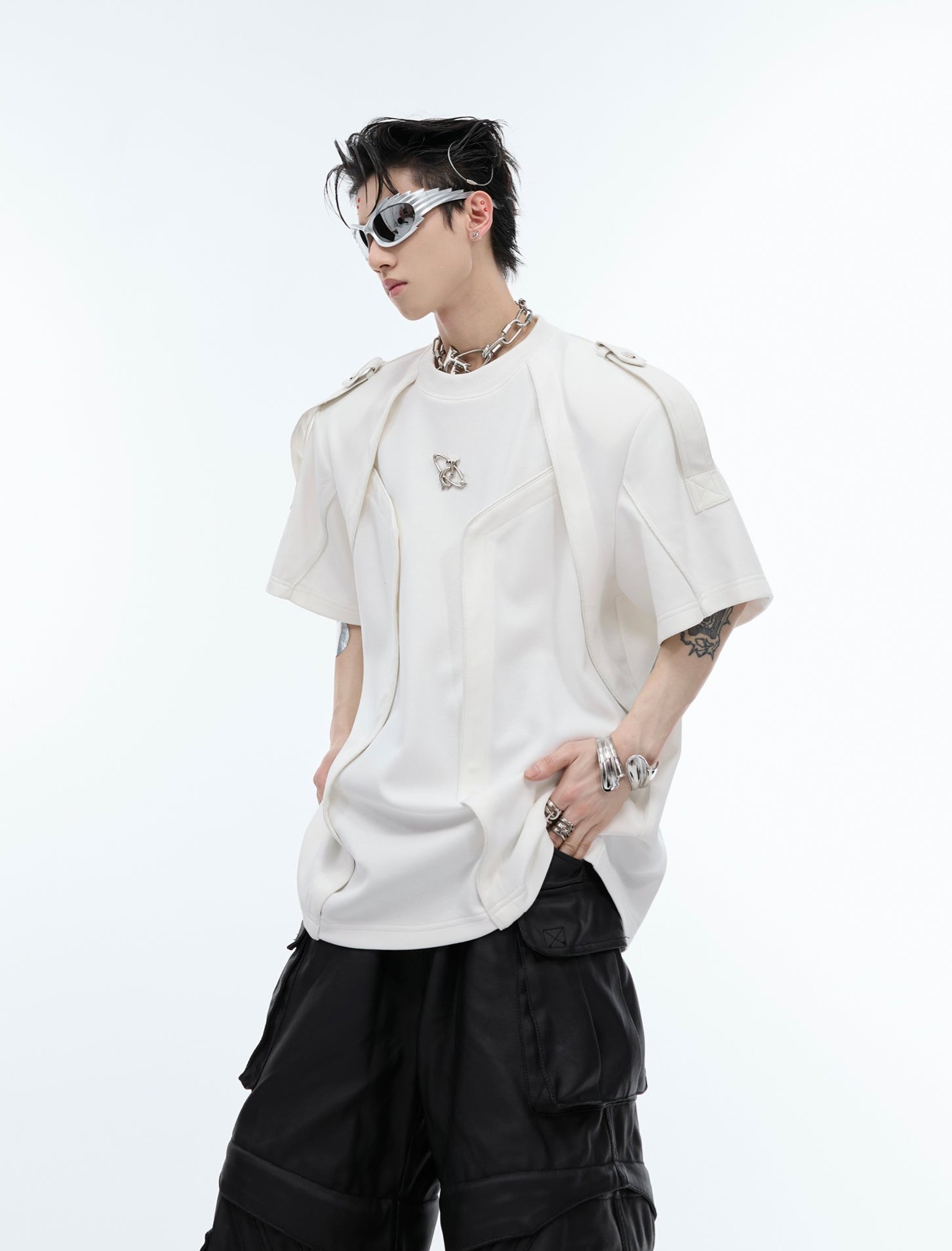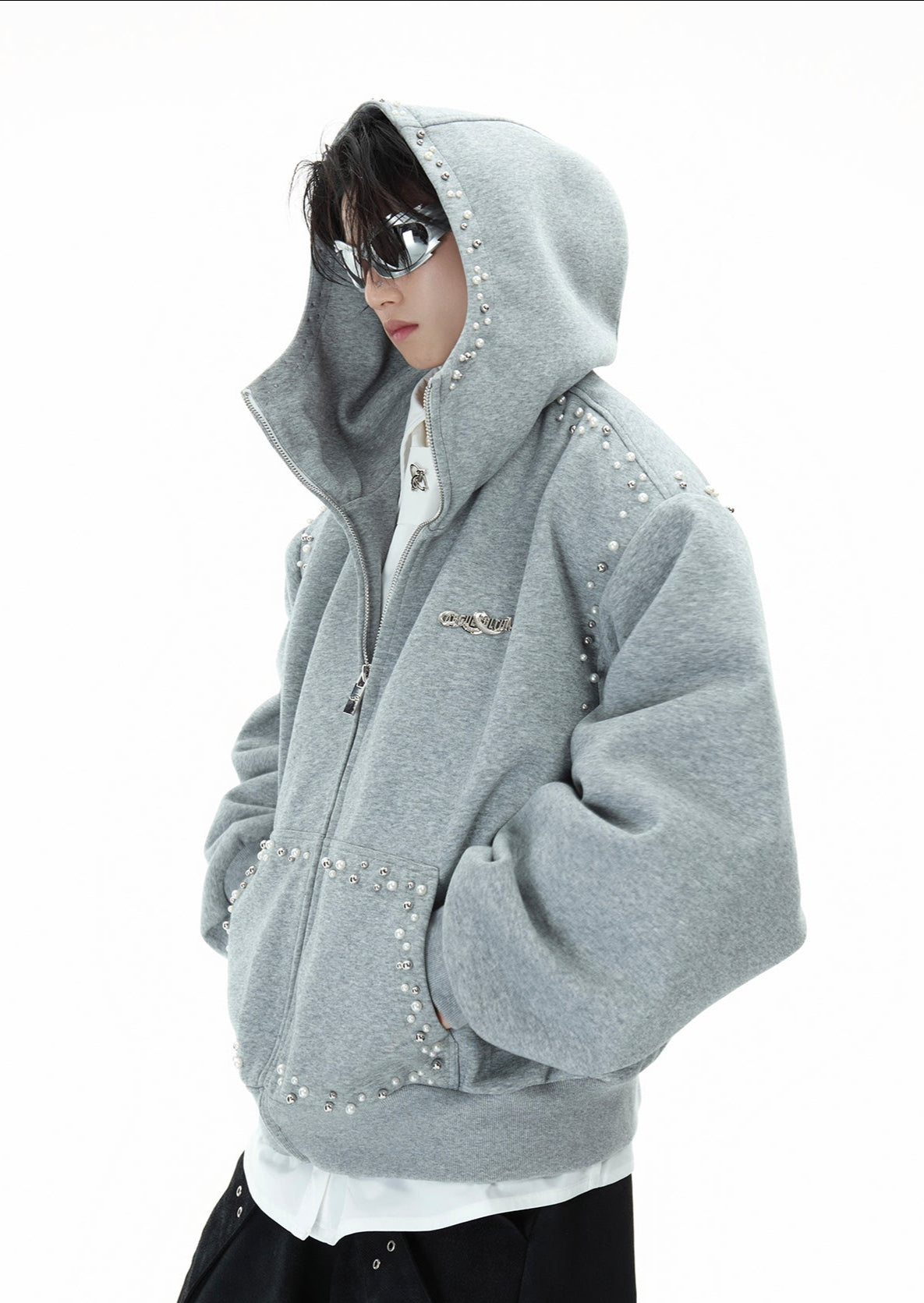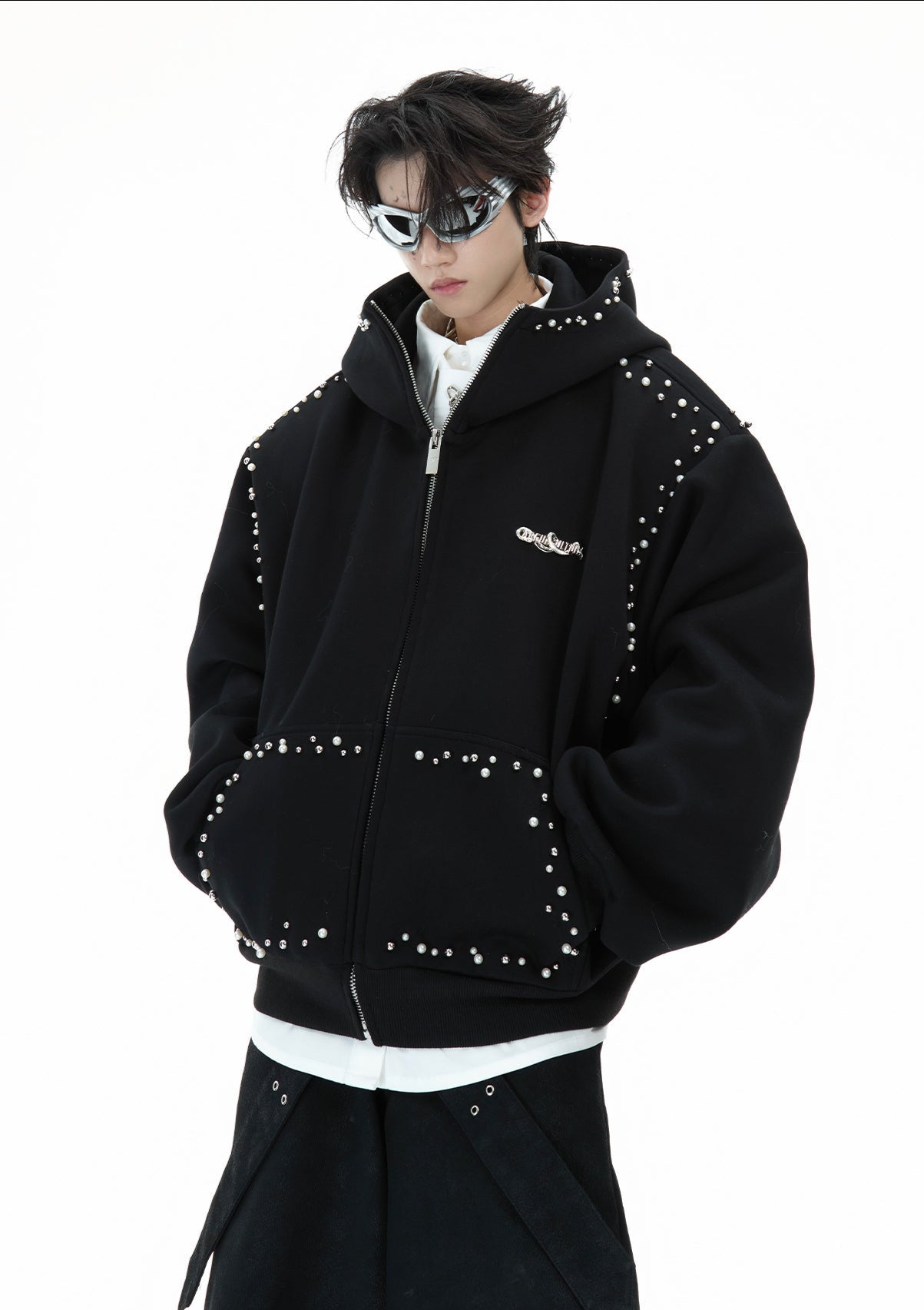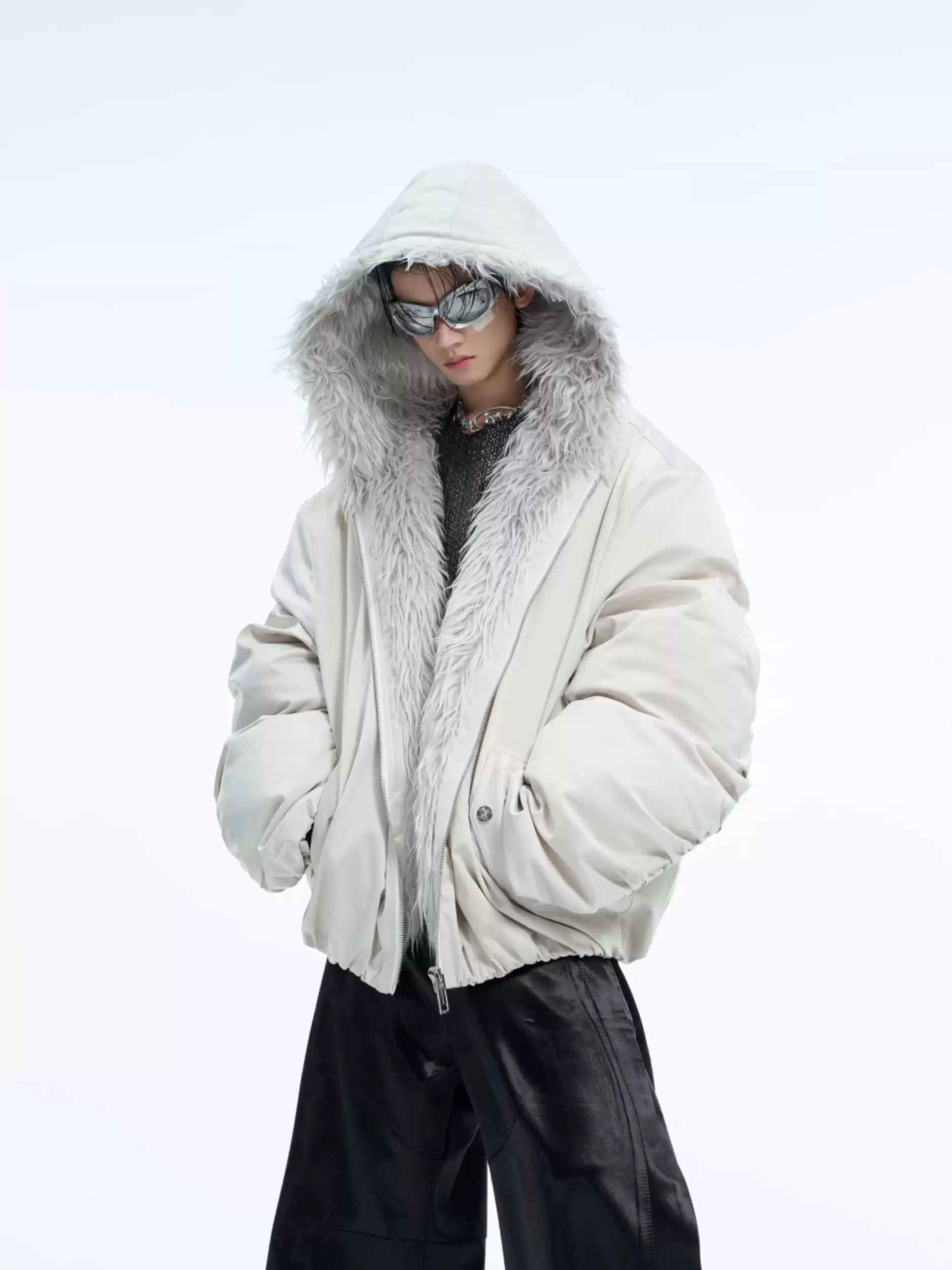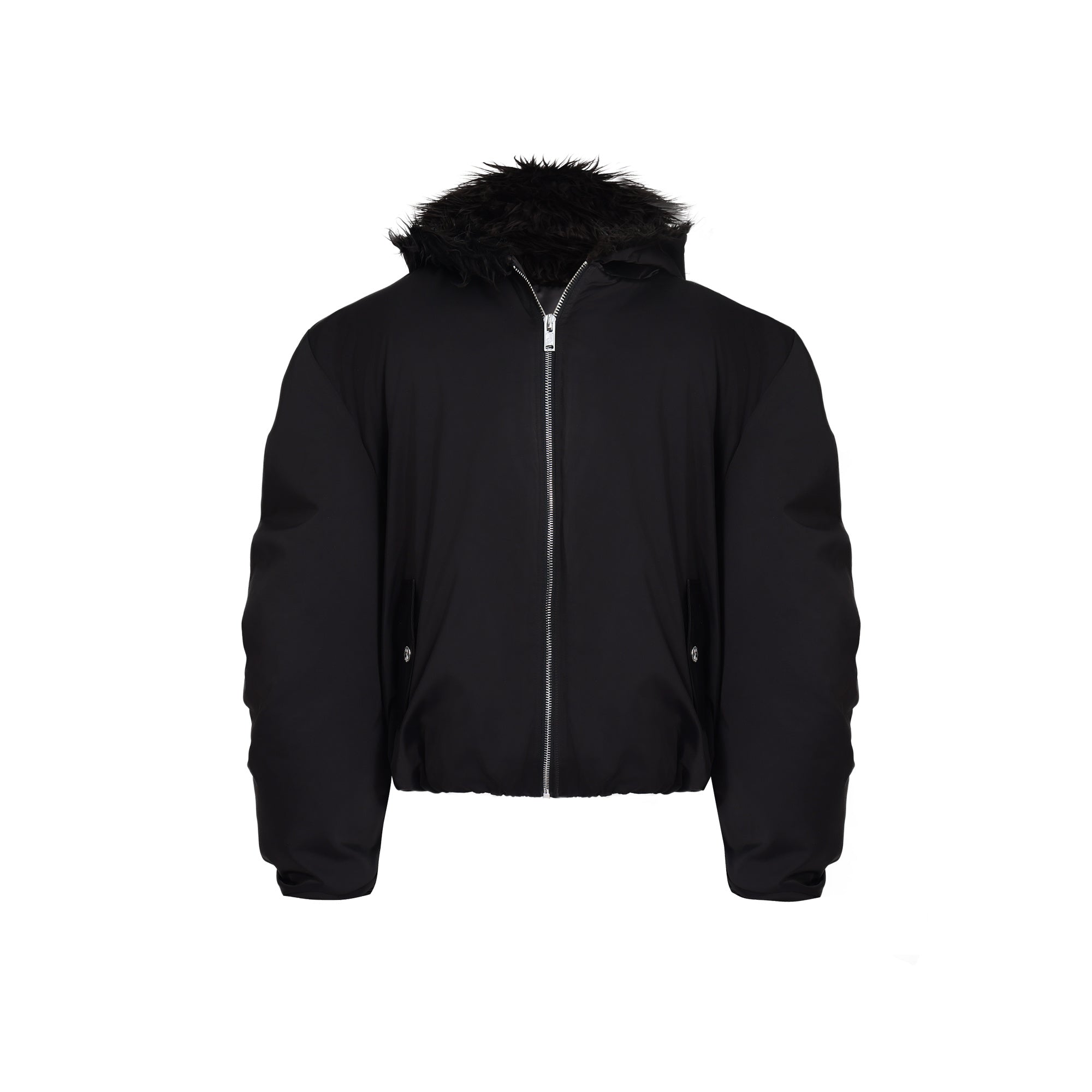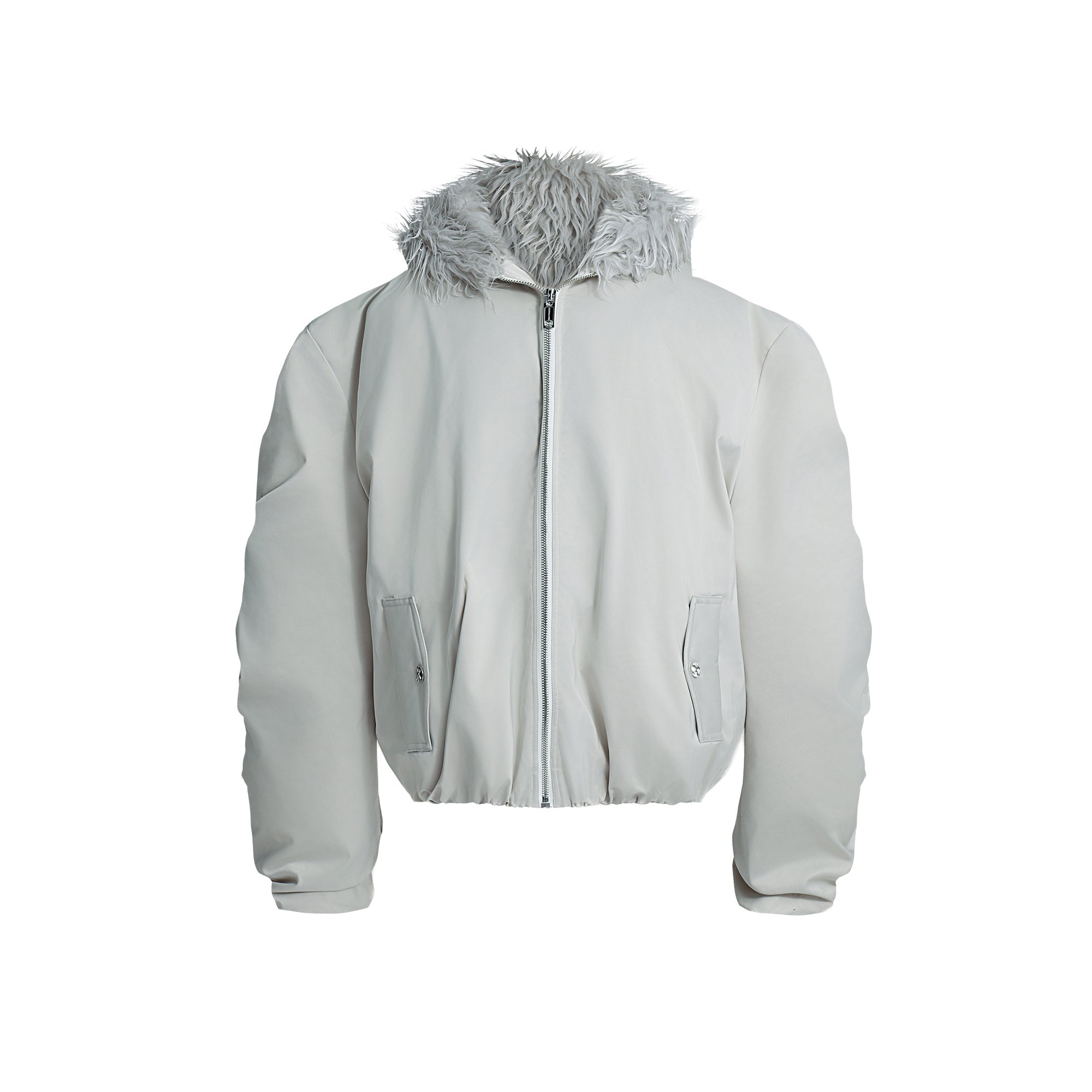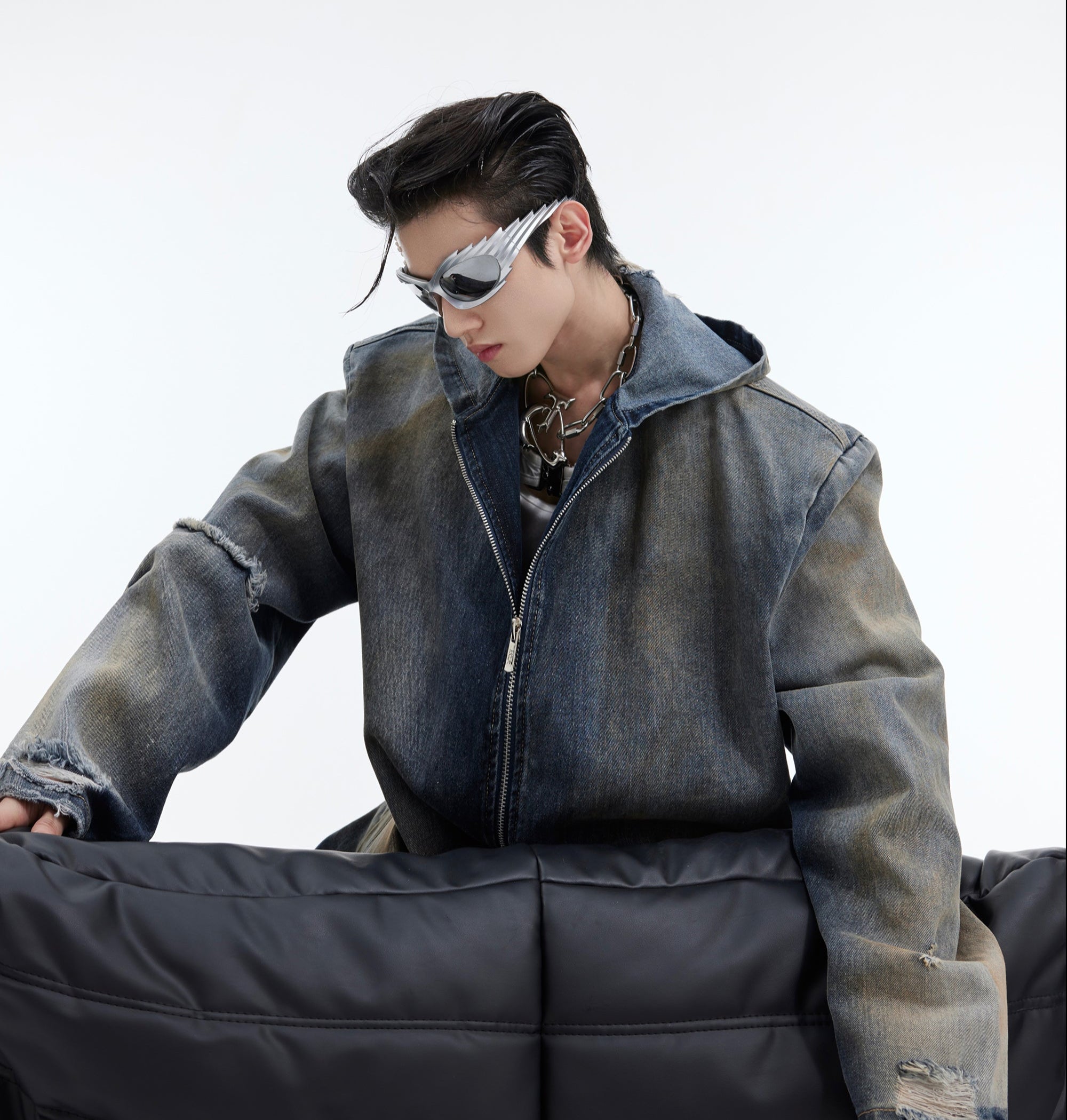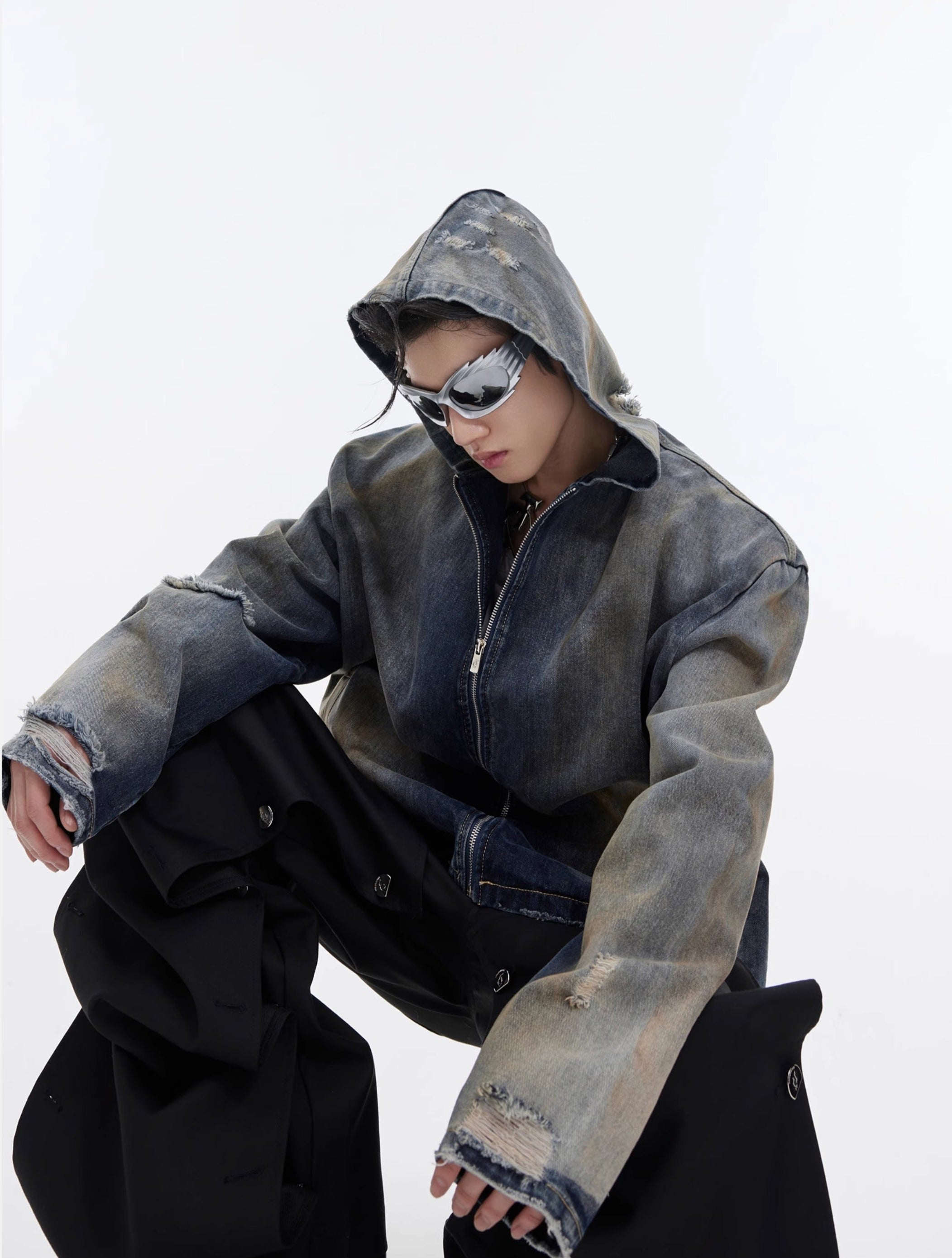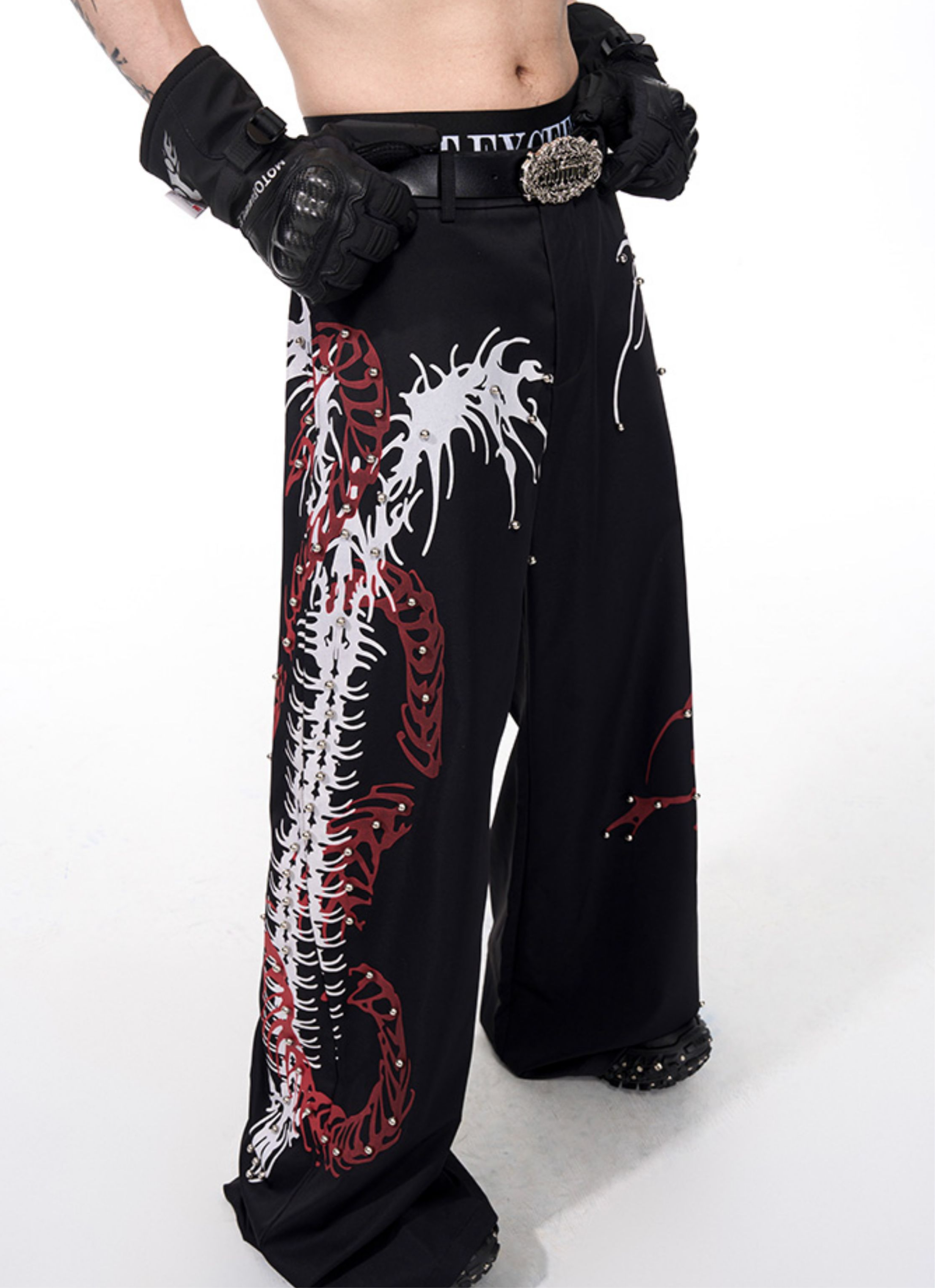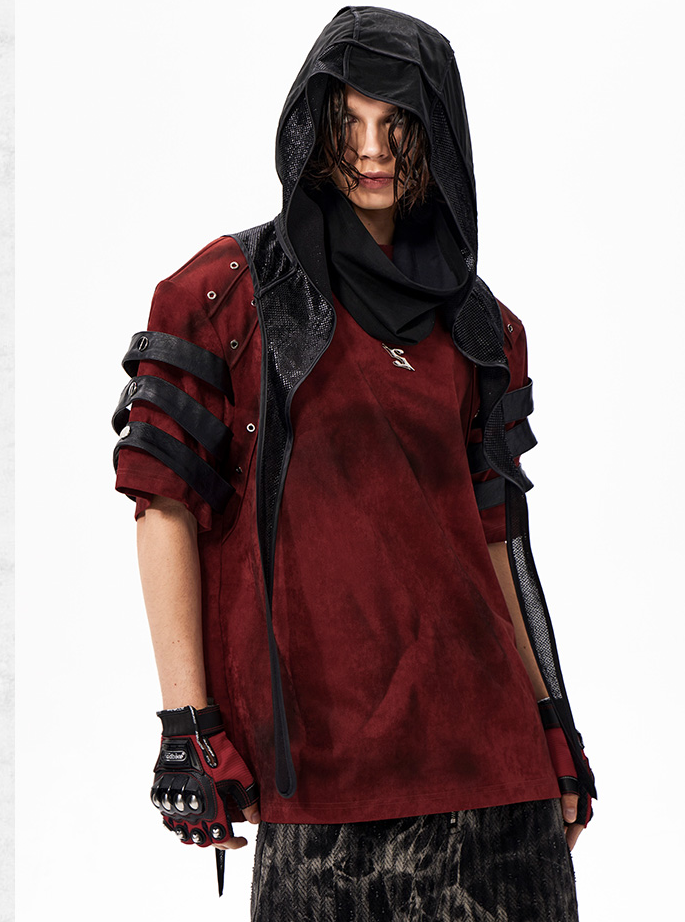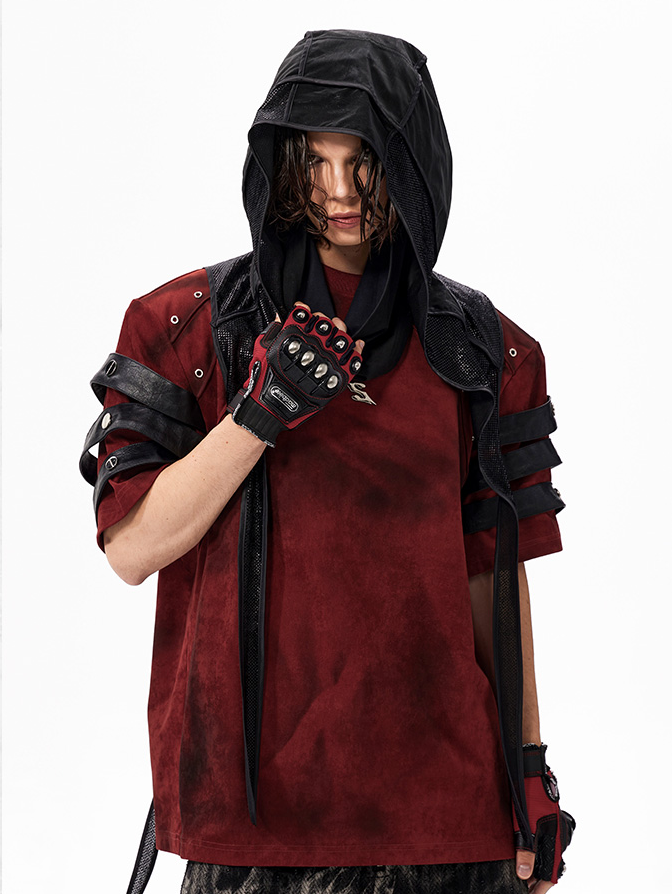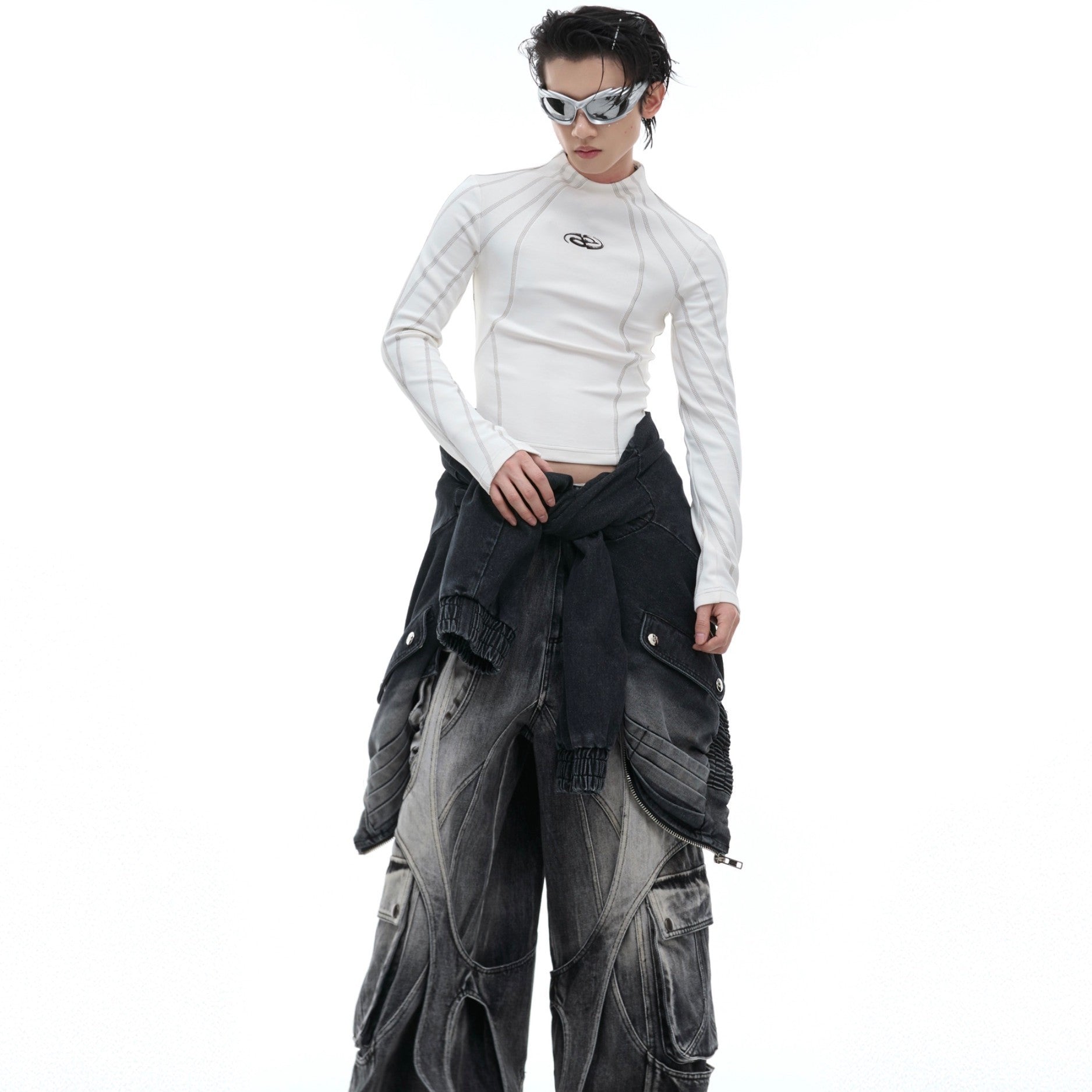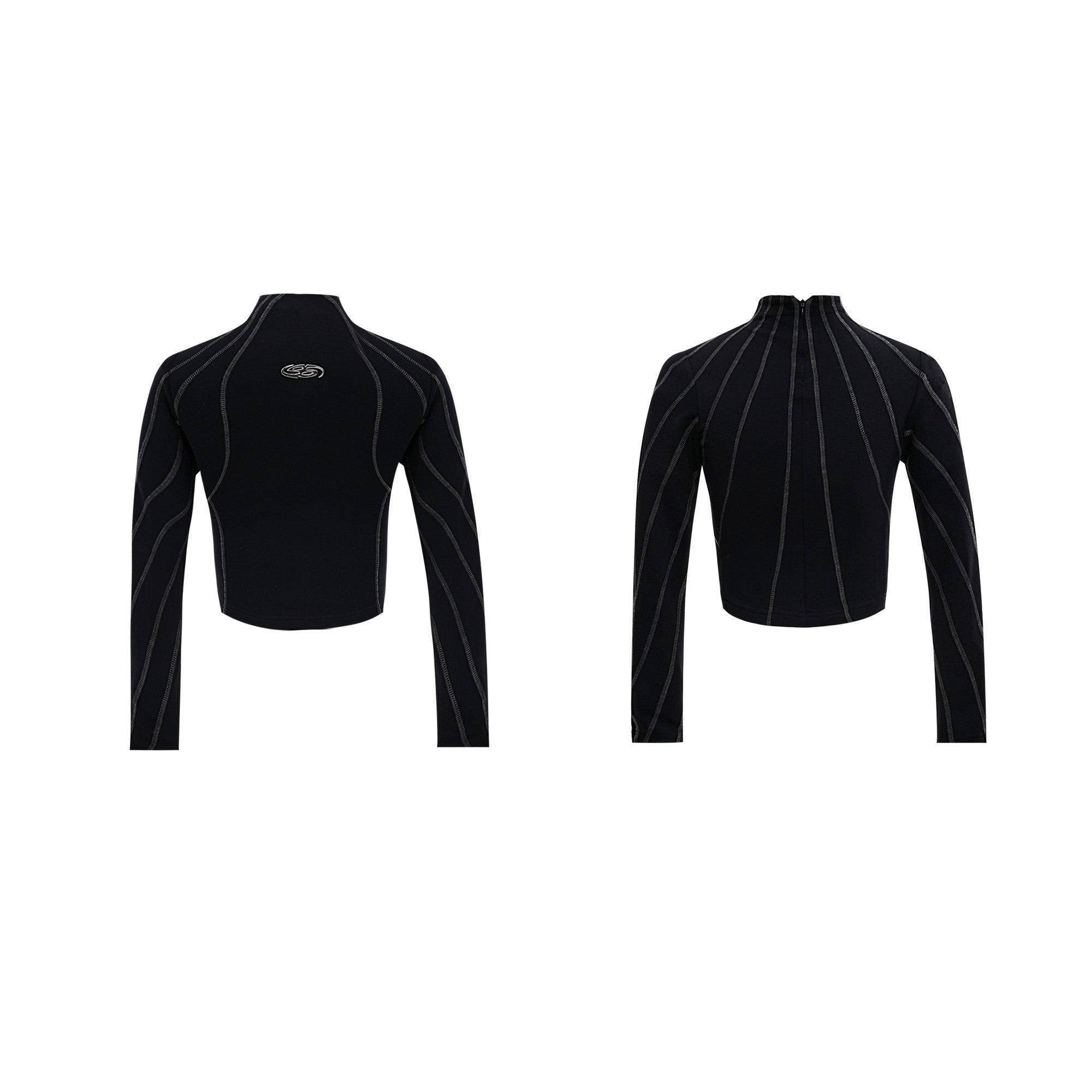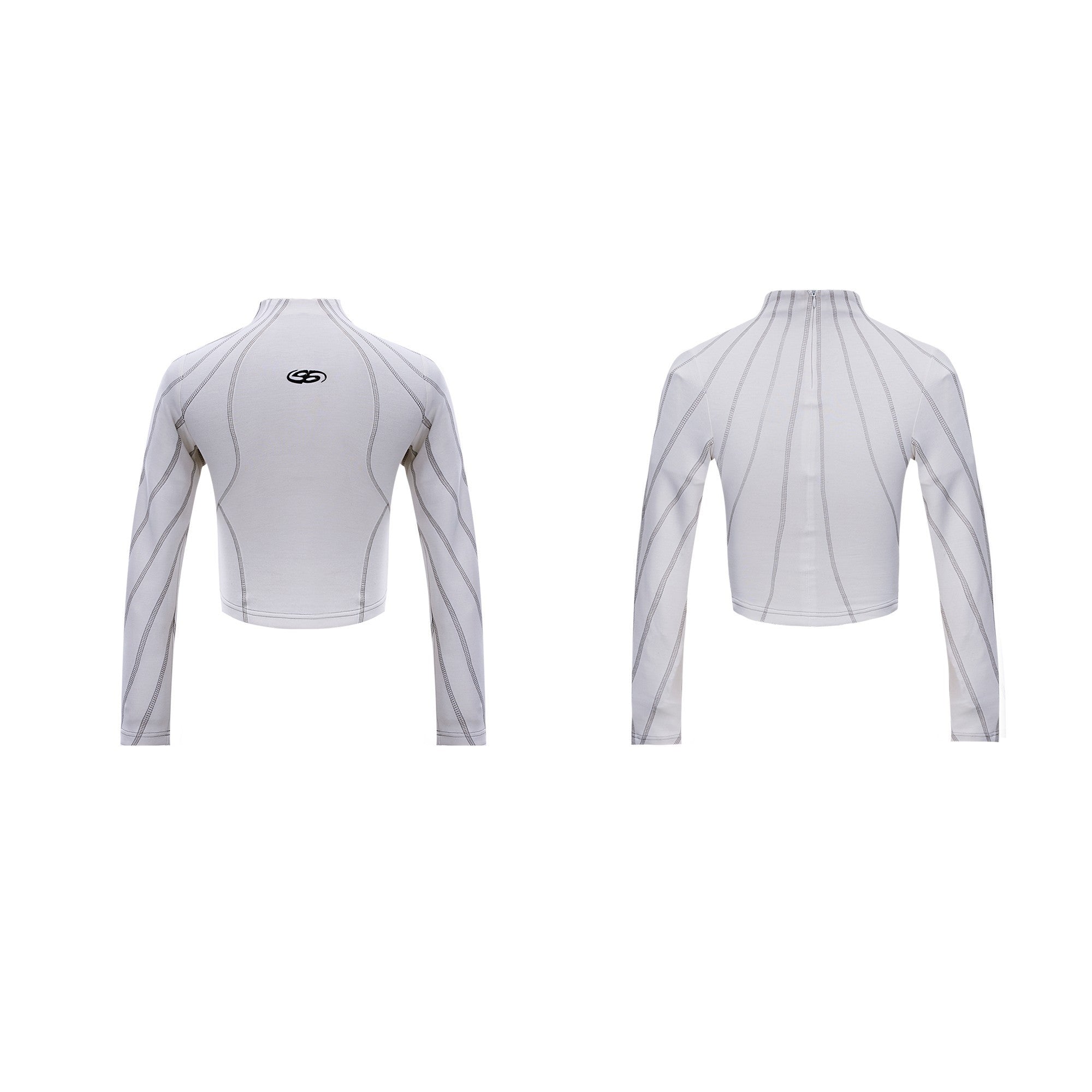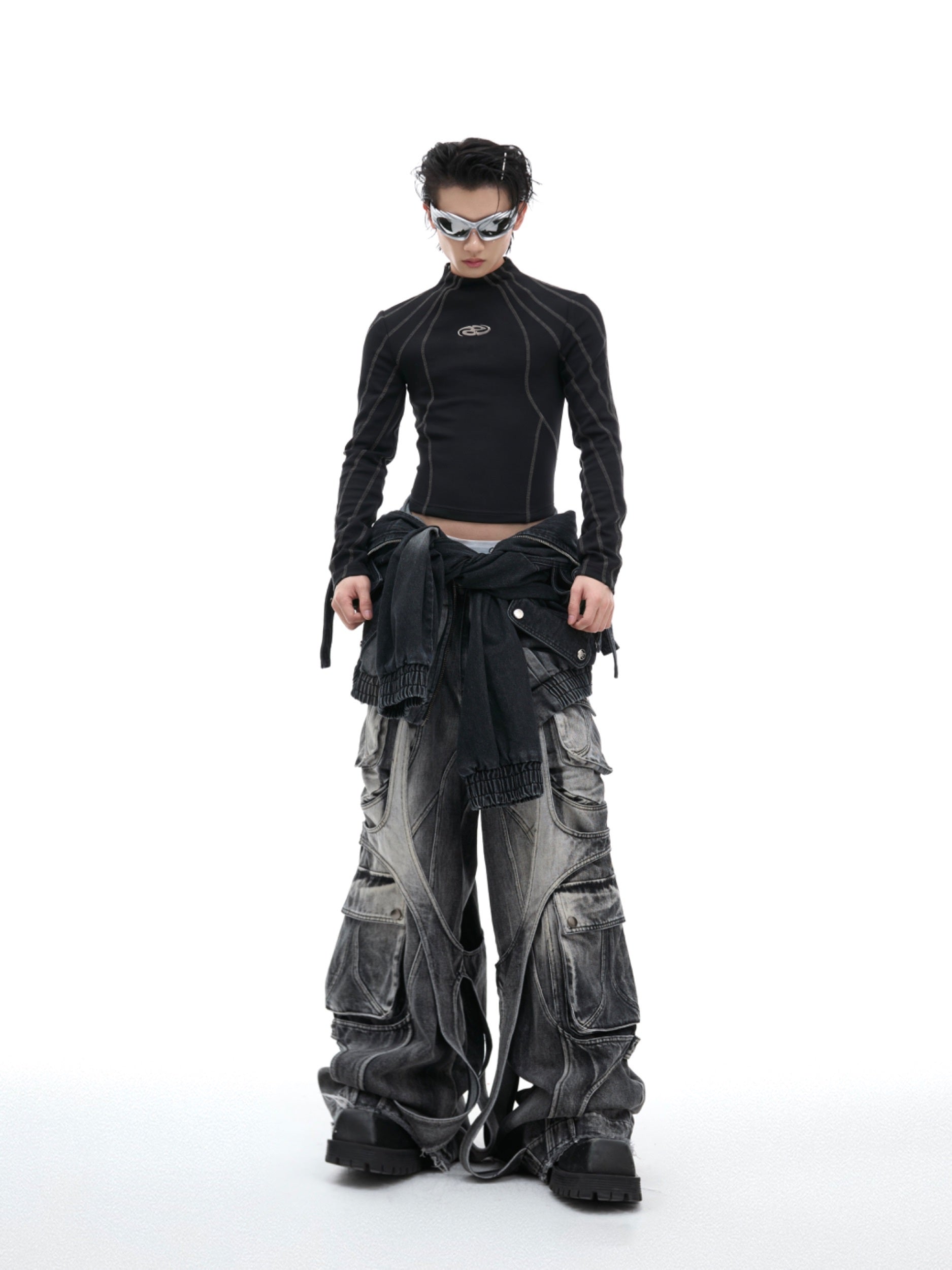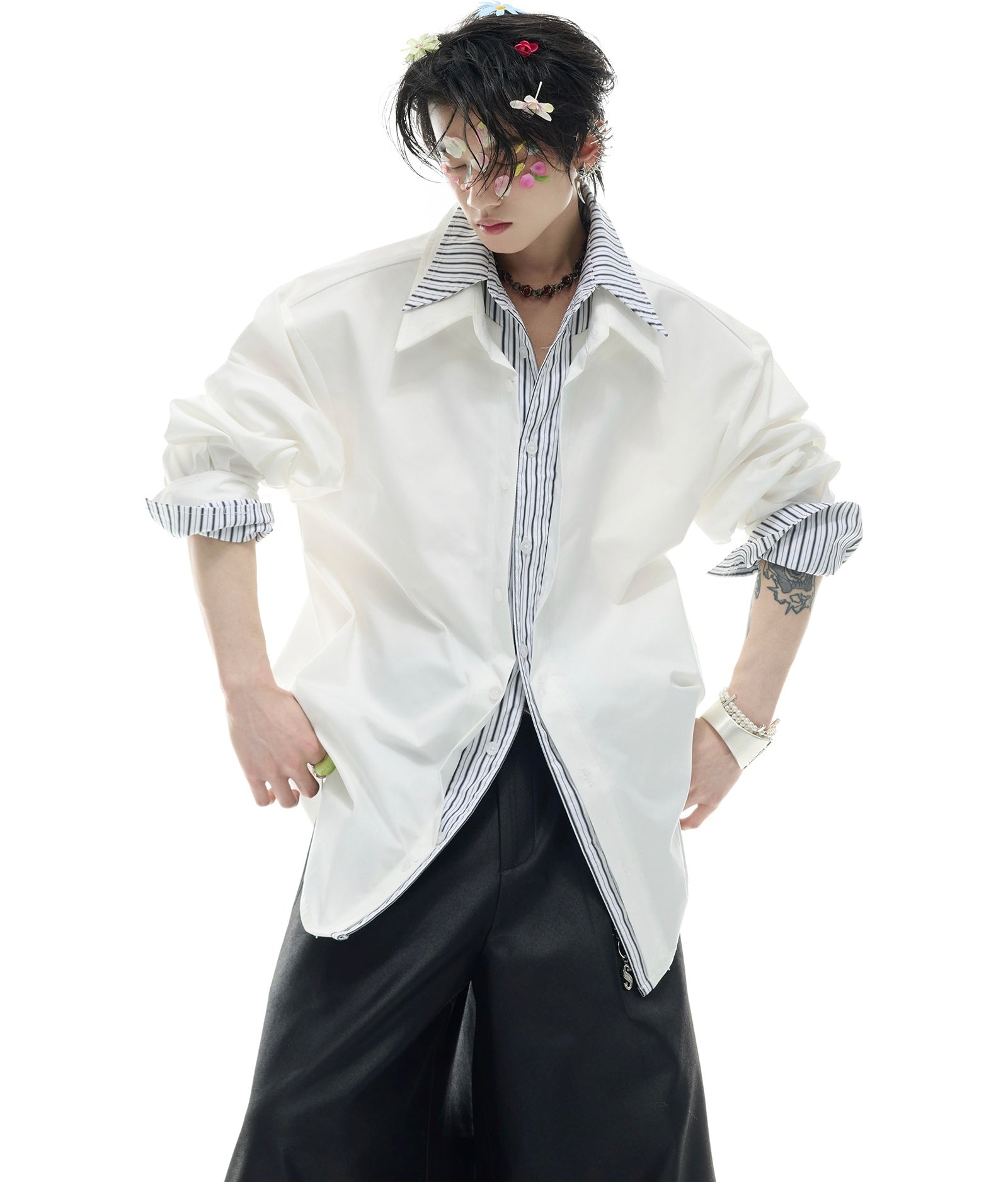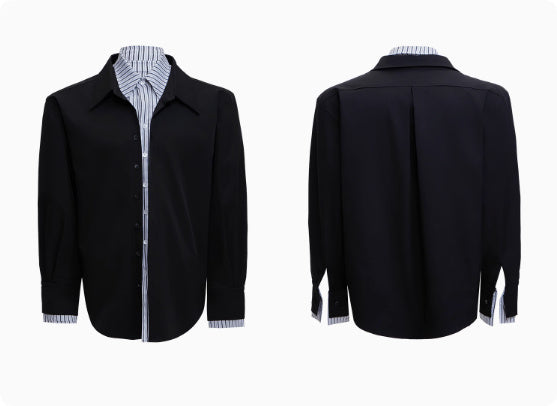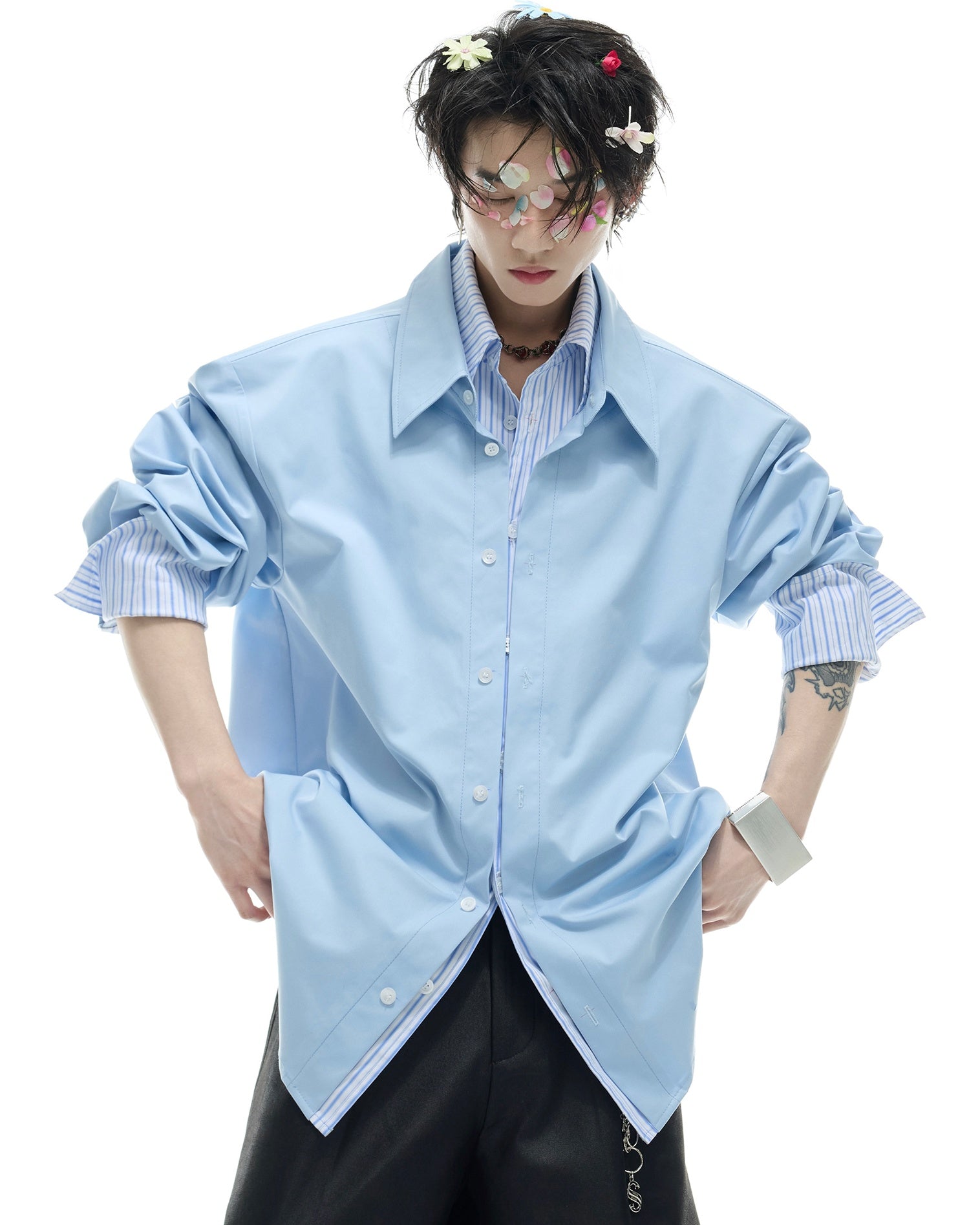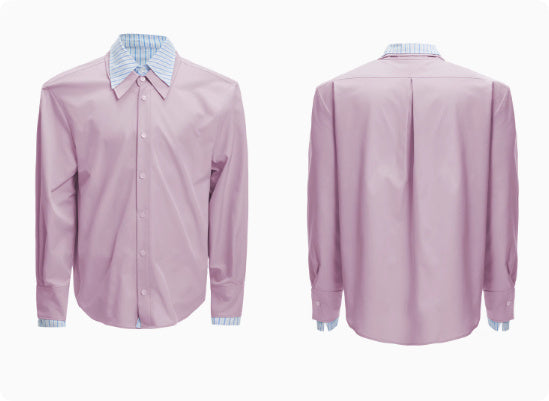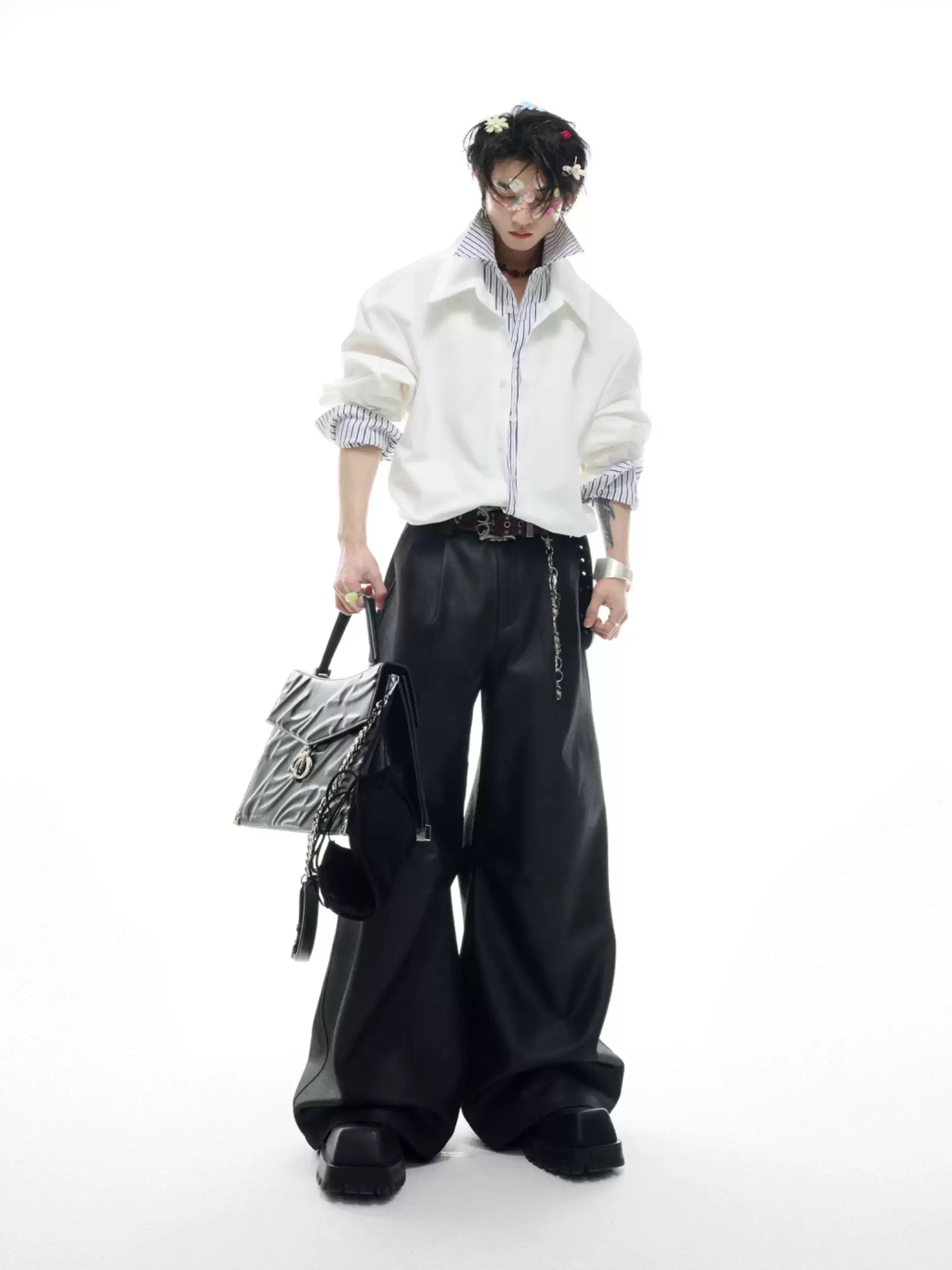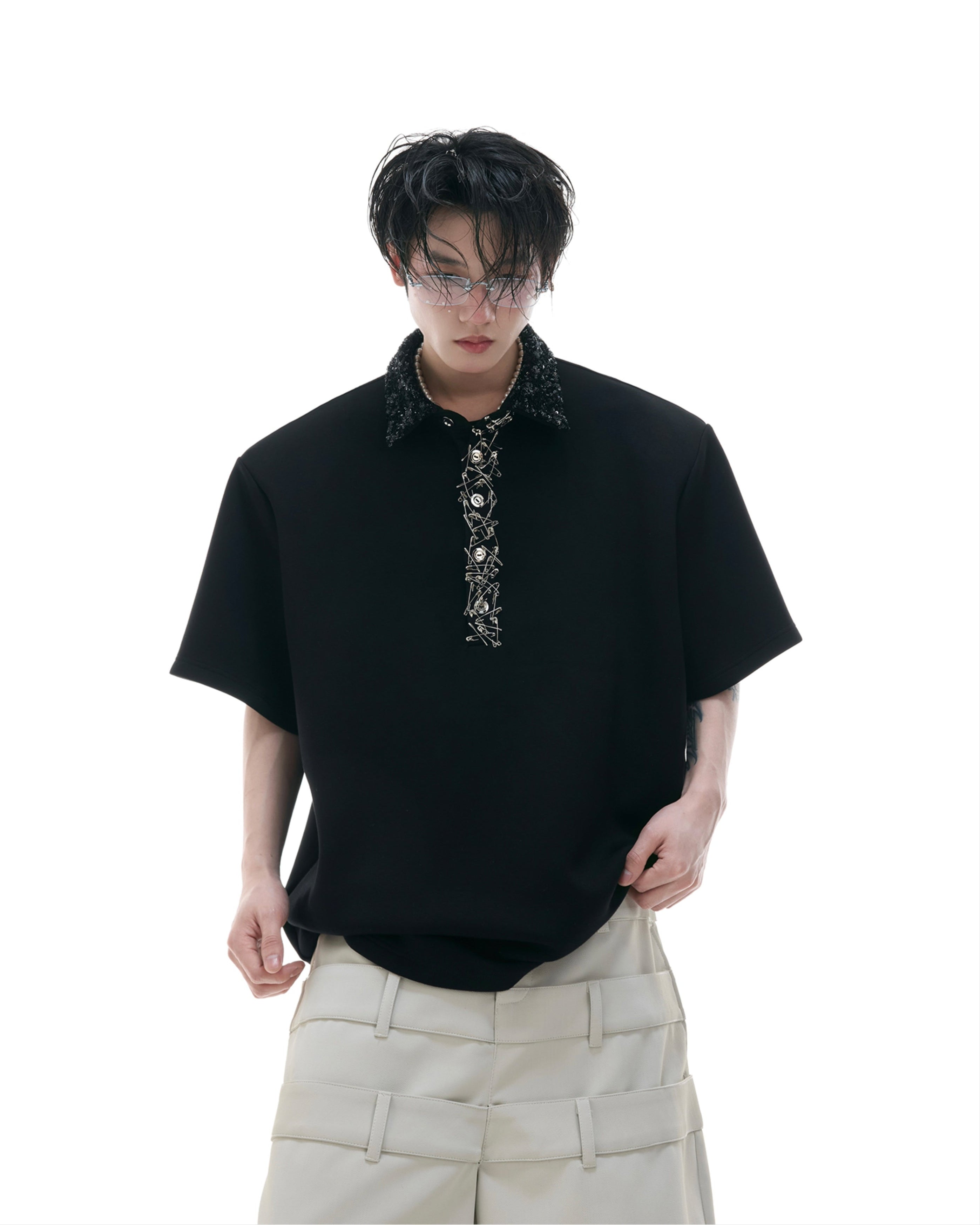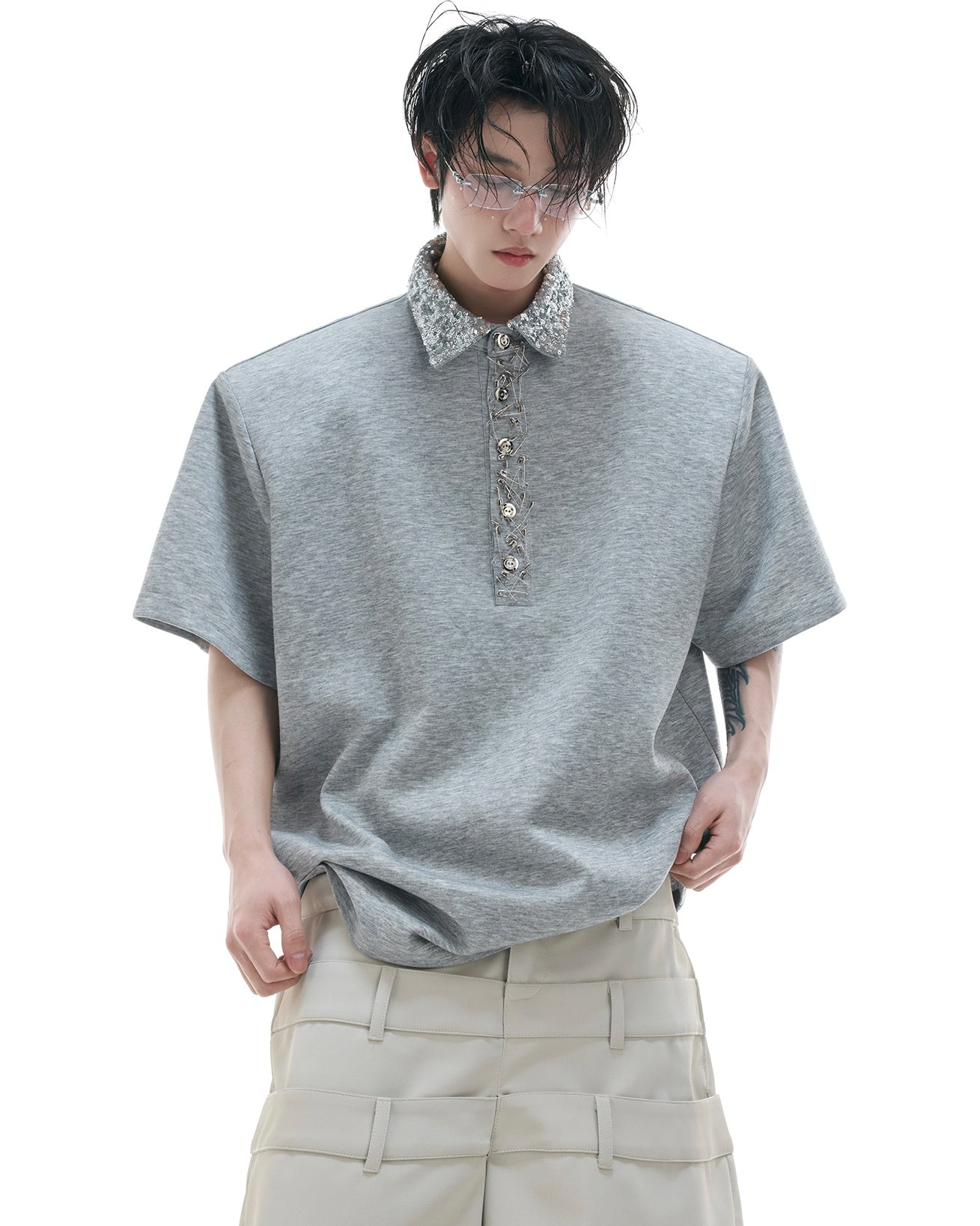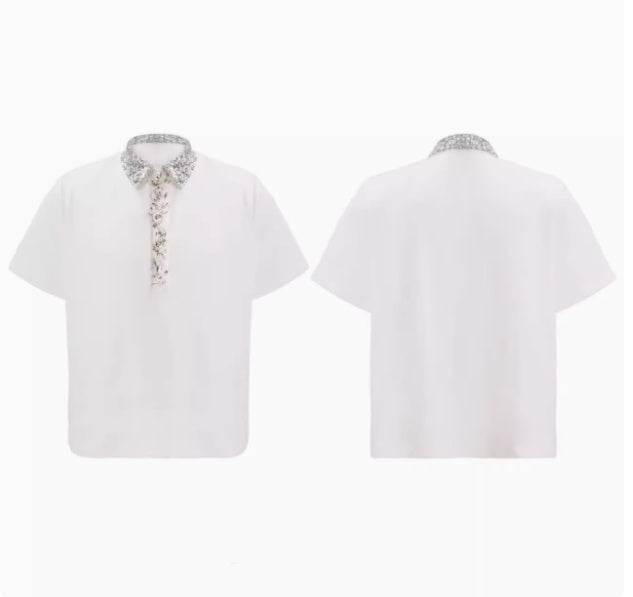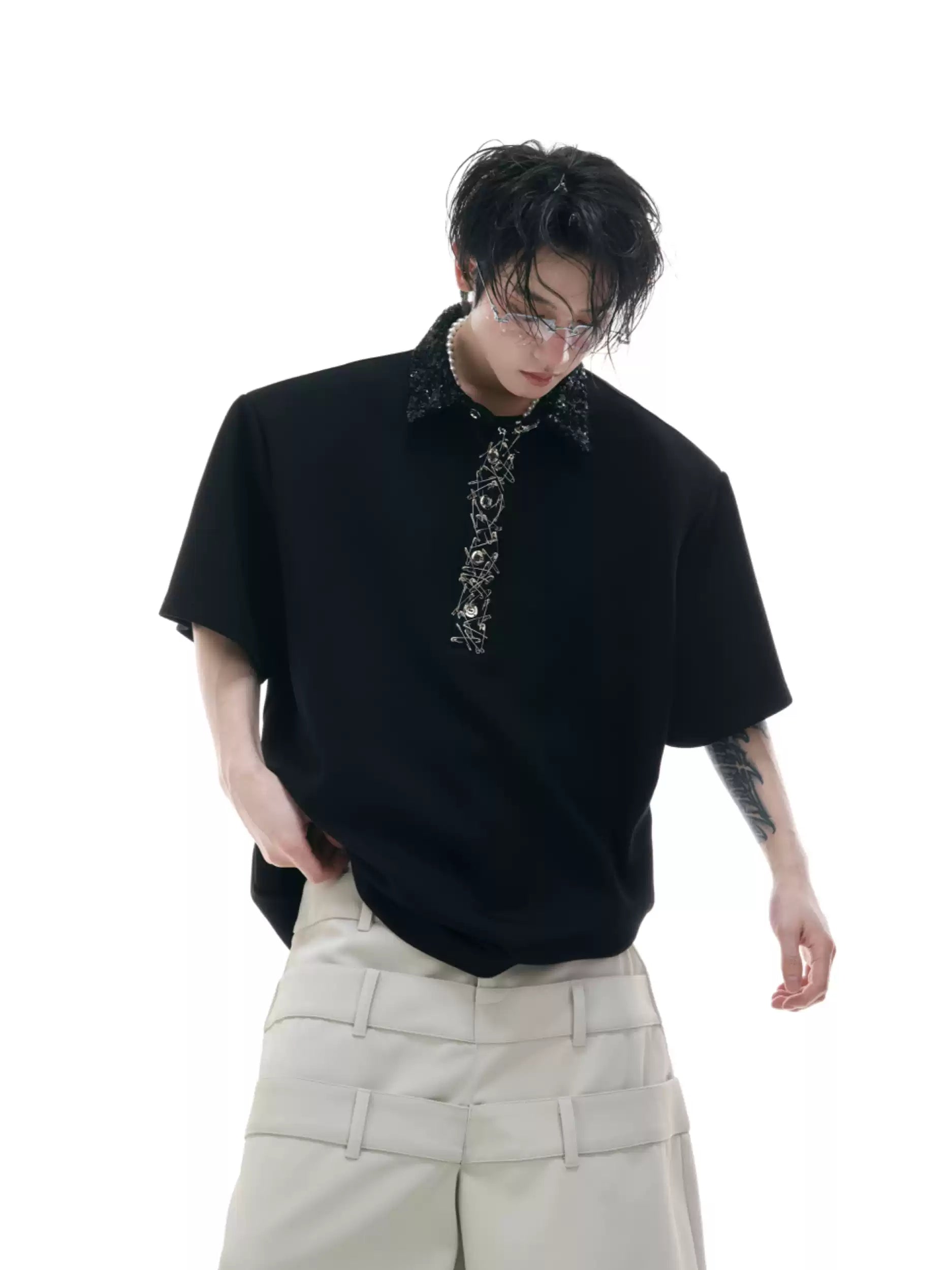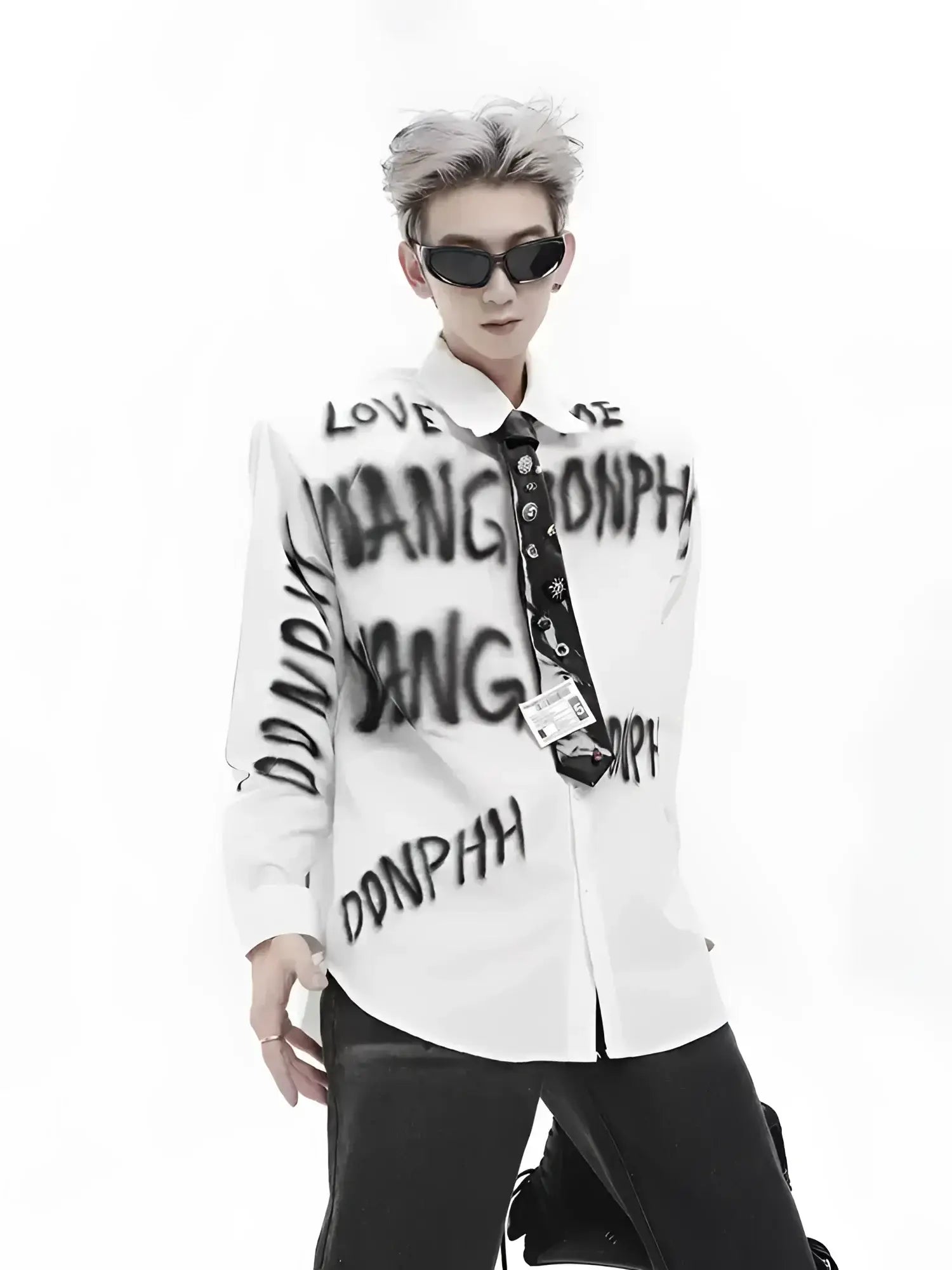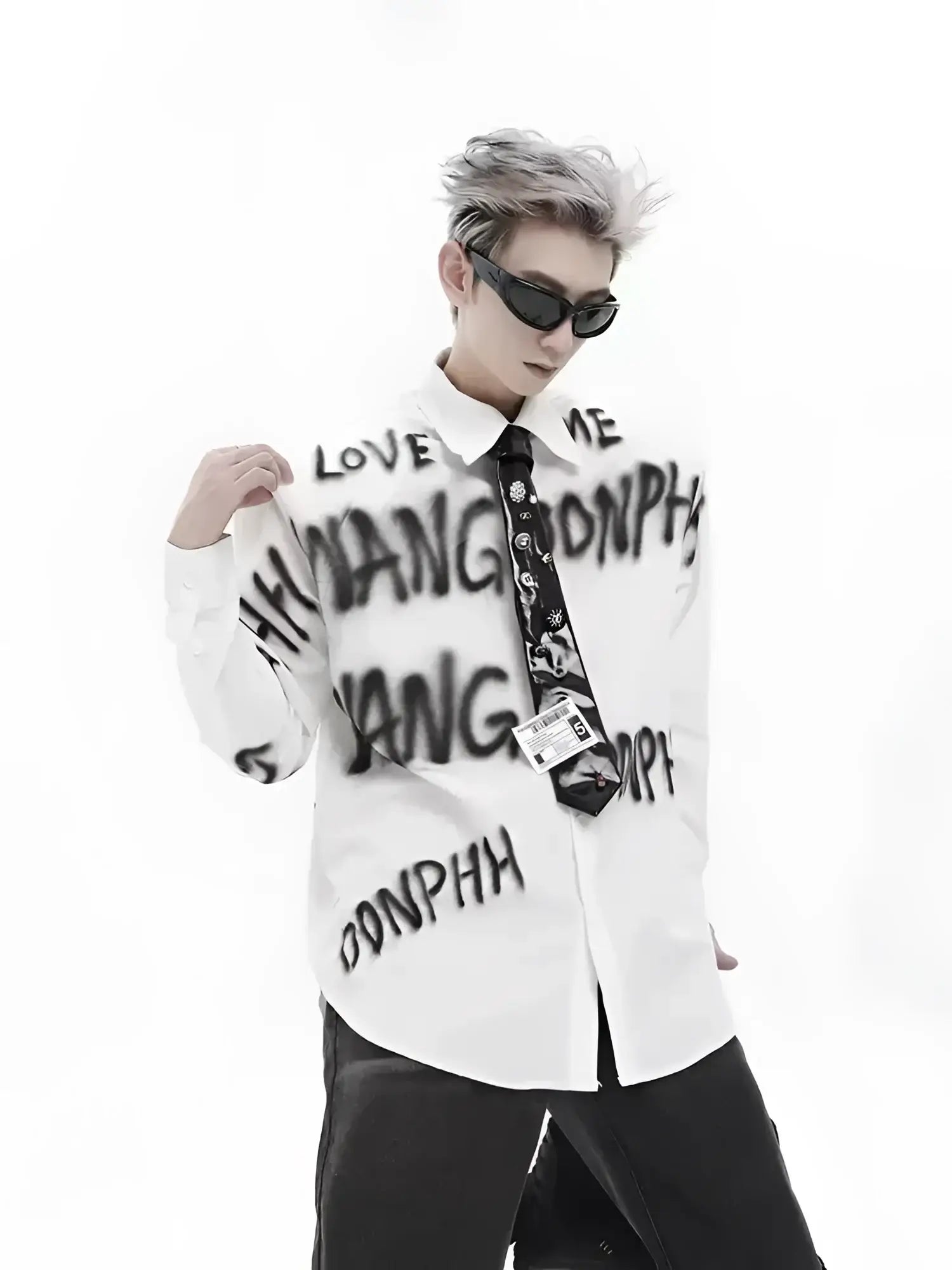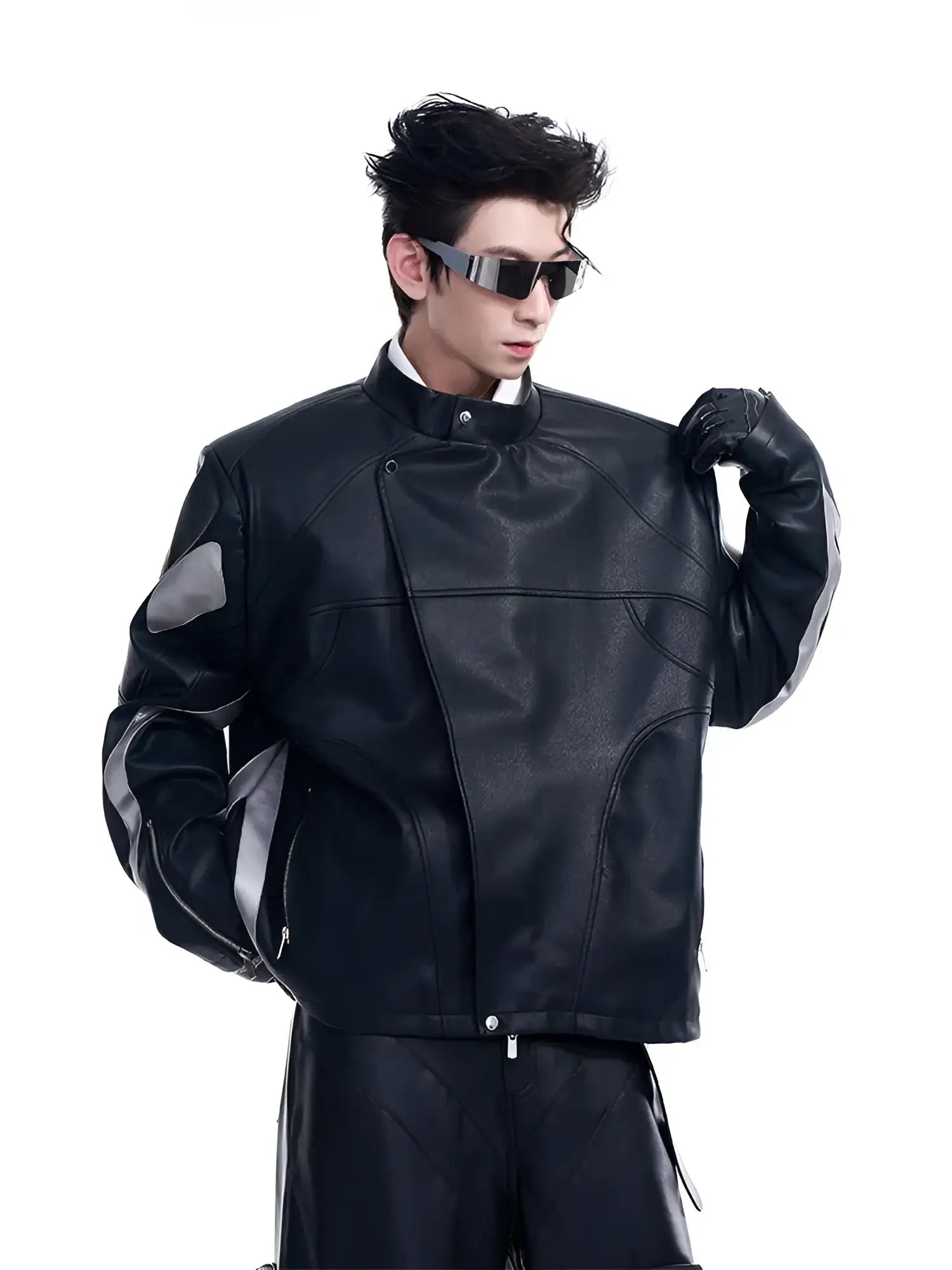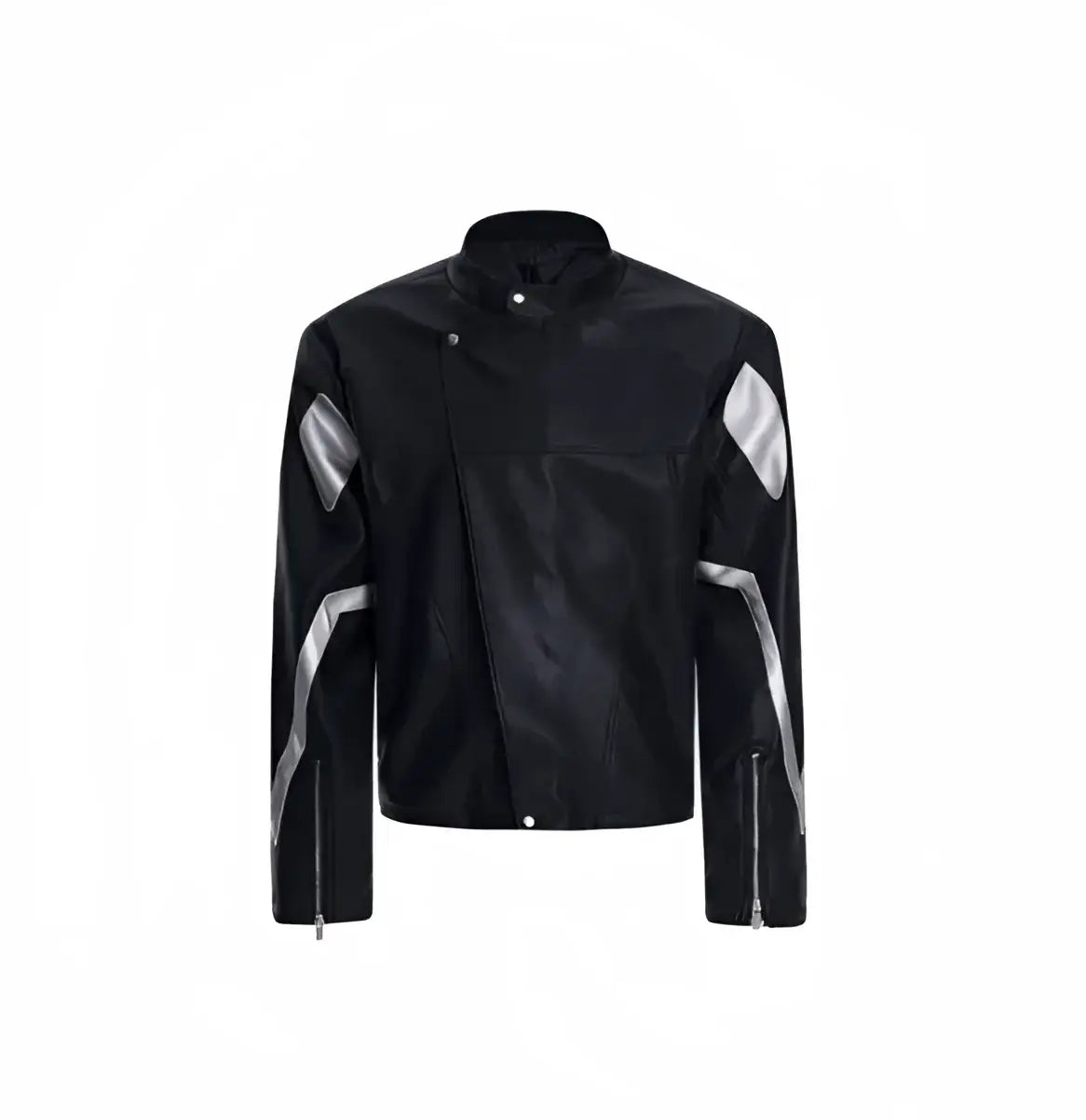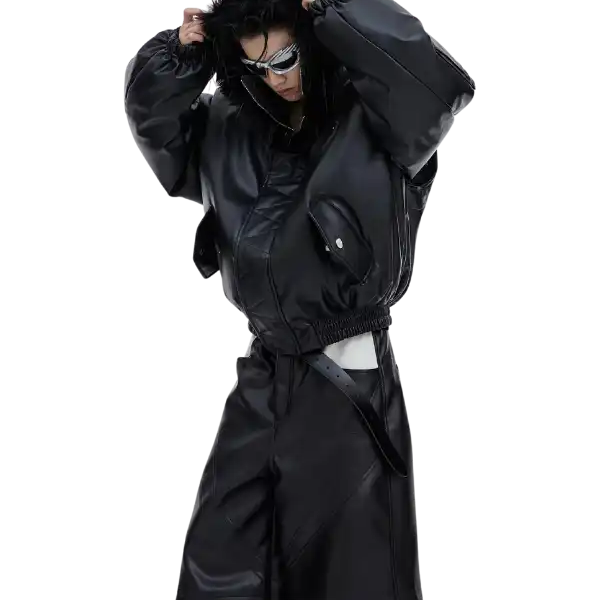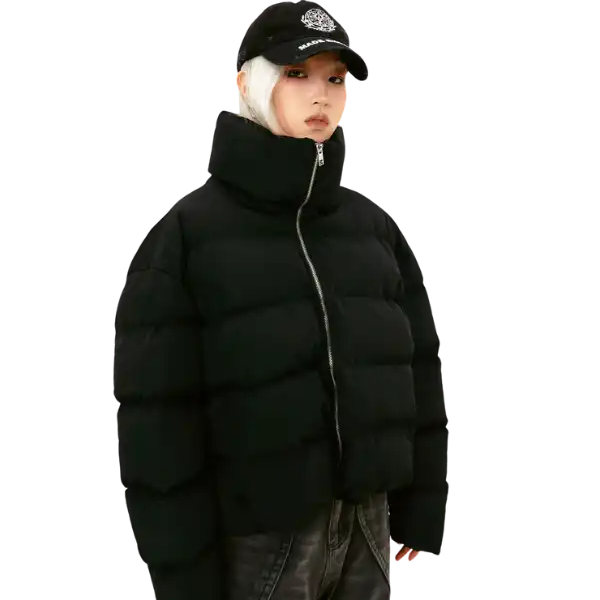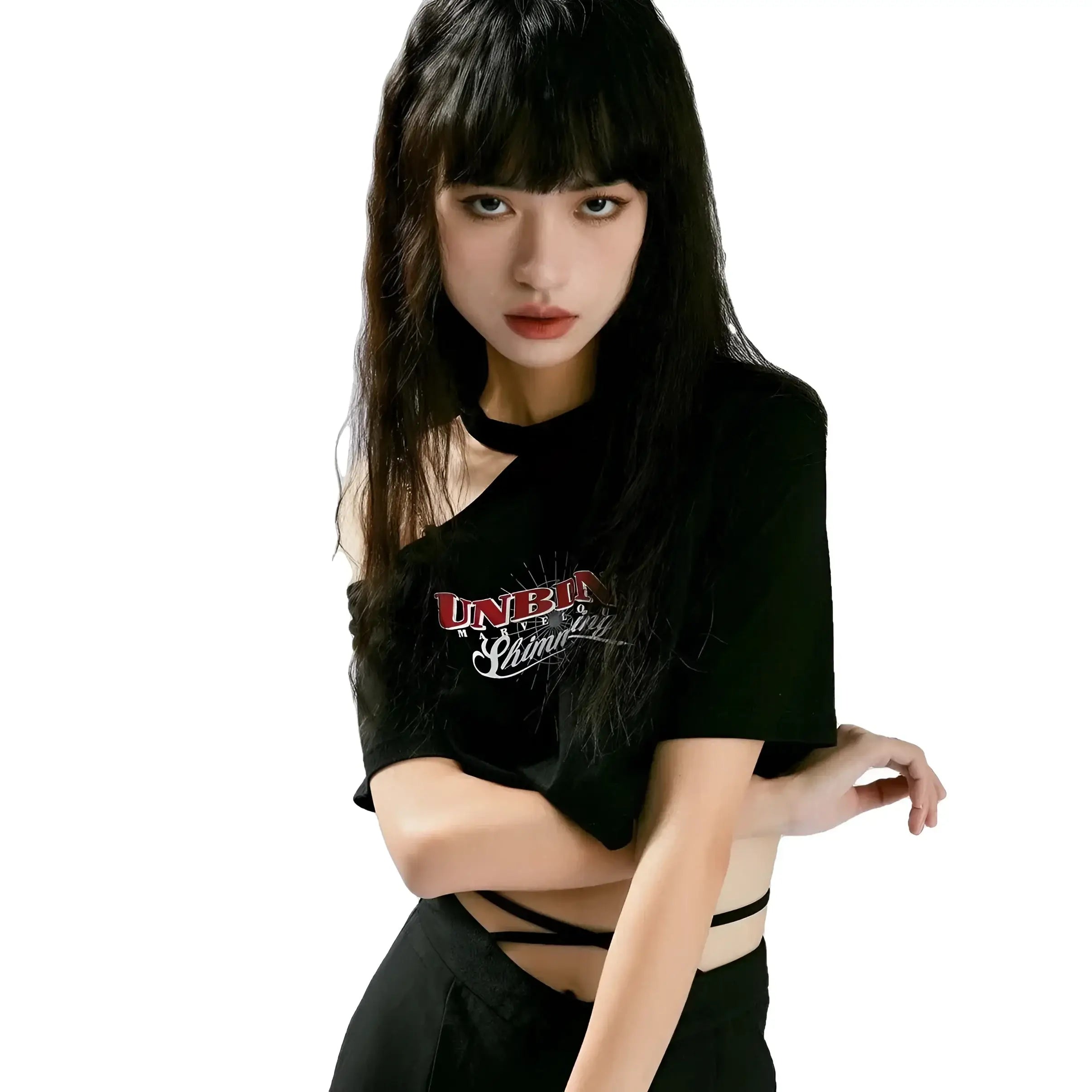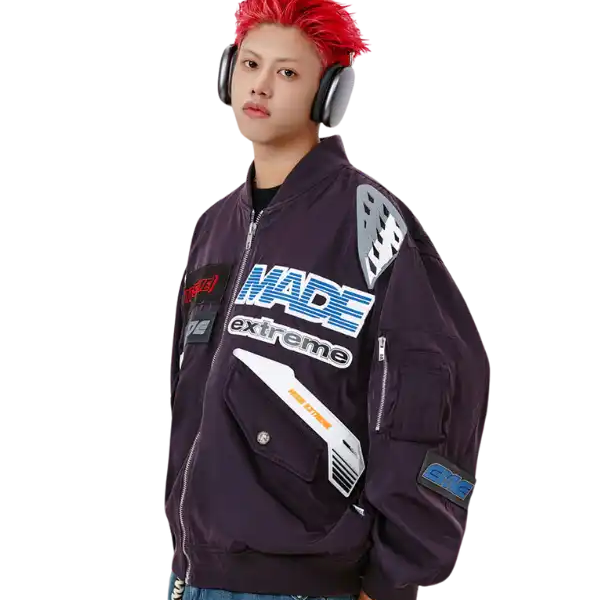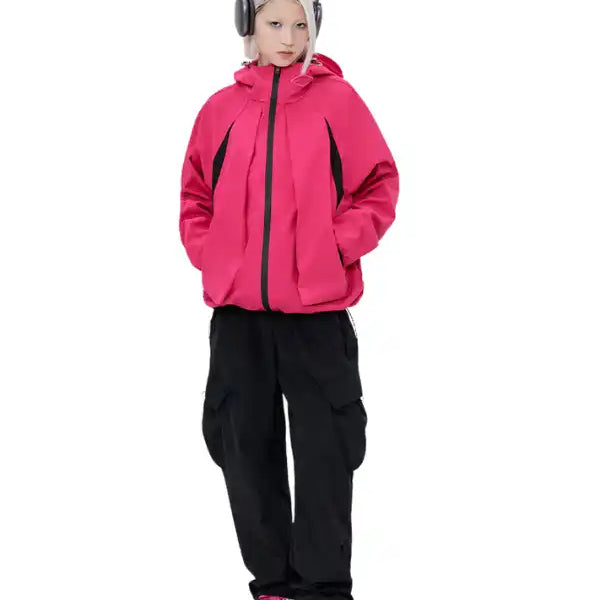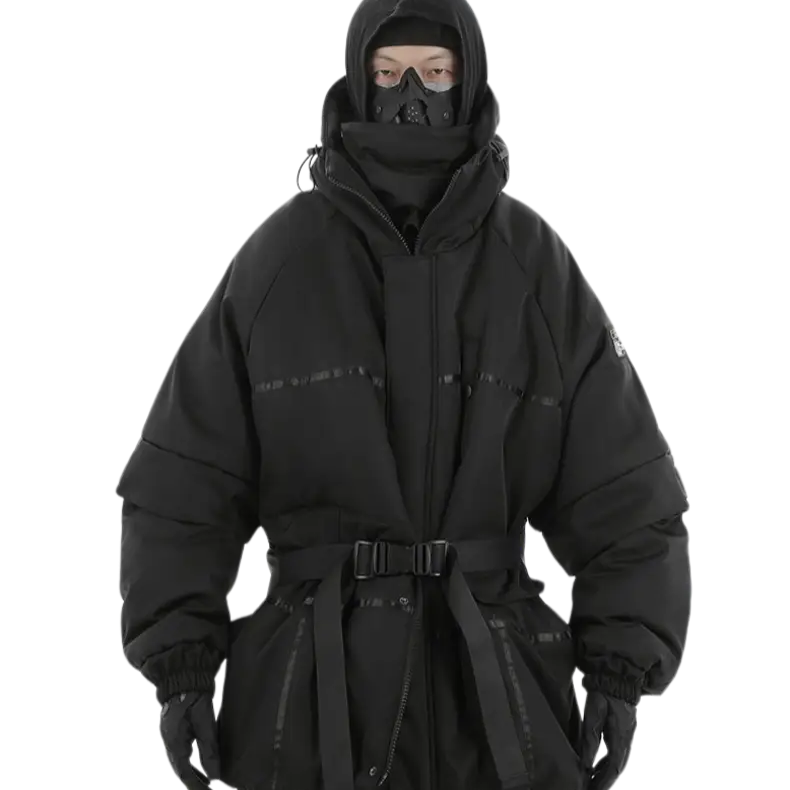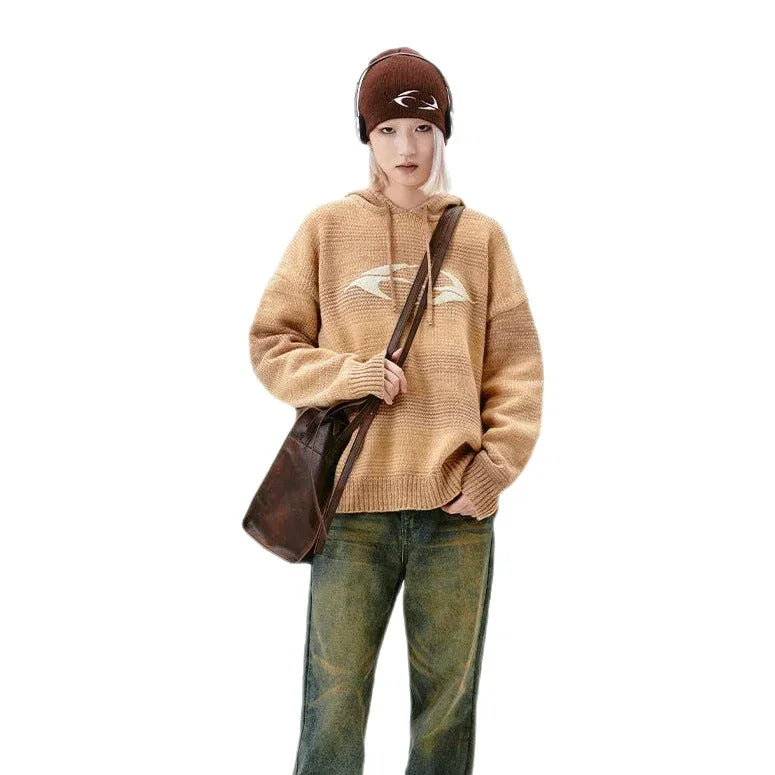The Korean fashion of the 2000s not only revolutionized Asia, but also shaped an entire generation worldwide! 🇰🇷 From the first K-Pop waves to the global Hallyu explosion - Korean 2000s Fashion combined traditional Asian aesthetics with Western trends and created a completely new style code. This era laid the foundation for today's K-Fashion boom and continues to influence designers from Seoul to New York. At Fuga Studios we live this Y2K Korean fashion inspiration and reinterpret the iconic 2000s trends for the modern streetwear generation. Discover the fascinating evolution of Korean fashion with us!
🎥 Y2K Korean style comeback
@fugastudios Silver demons walk among us 👁️ Opium Metallic pants eating up the competition fr fr #metallicpants #fashiontiktok #alternativefashion #darkfashion #opiumcore ♬ Original sound - Fuga Studios
Follow us for more Y2K Korean style inspiration! 📱
The cultural revolution: Why the 2000s were so important for Korea 🌏
The 2000s marked a turning point in Korean cultural history. After decades of economic boom, Korea was finally ready to export its cultural identity globally. Korean 2000s Fashion was more than just clothing - it was a statement about Korea's place in the modern world.
This era was characterized by a unique blend of self-confidence and a love of experimentation. Korean designers dared to combine traditional Hanbok elements with Western silhouettes, fusing Asian color theory with American streetwear and developing a completely new aesthetic code in the process. The result? Early 2000s Korean fashionwhich today is considered a pioneer of the global Y2K-revival.
| Period | Key trends | Cultural impact |
|---|---|---|
| Early 2000s | Layering, colorful prints, K-Pop style | First global K-Culture wave |
| Mid-2000s | Hallyu Fashion, Celebrity Influence | Korea becomes a fashion trendsetter |
| Late 2000s | Streetwear Fusion, Urban Aesthetics | Seoul as the streetwear capital |
| 2010 transition | Global expansion, Luxury Meets Street | K-Fashion becomes mainstream |
Early 2000s: The beginning of a new era (2000-2003) 🎭
K-pop and K-drama as fashion catalysts
The early 2000s marked the beginning of the first Hallyu wave. Groups such as H.O.T., S.E.S. and Shinhwa not only shaped the music landscape, but also the fashion of an entire generation. Early 2000s Korean Fashion was characterized by bold experiments: oversized denim jackets, colourful hairbands, layered tops and the first attempts to combine Western hip-hop aesthetics with Asian elements.
This period was characterized by Colorfulness and playfulness. In contrast to minimalist Japanese fashion or the grunge-influenced American scene, Korea focused on optimistic, vibrant designs. Pastel colors, glitter details and kawaii-inspired accessories dominated the streets of Myeongdong and Hongdae.
The first global Korean fashion exports
2000s Korean Style began to radiate beyond the borders of Asia. Especially in other Asian countries such as Thailand, Singapore and the Philippines, Korean fashion became synonymous with modernity and coolness. This early internationalization laid the foundation for the subsequent global K-Fashion boom.
Mid 2000s: The Hallyu Explosion (2004-2007) 🌊
Celebrity culture and fashion icons
The mid-2000s brought the first major international recognition of Korean pop culture. K-dramas such as "Winter Sonata" and "Jewel in the Palace" conquered not only Asian but also Western markets. The main characters became international fashion icons whose styling choices were copied by millions of fans.
Korean Fashion 2000s developed a more sophisticated aesthetic during this phase. The playful elements of the early years gave way to more elegant silhouettes, high-quality materials and a more sophisticated understanding of color blocking and proportion. Brands like Gentle Monster (eyewear) and MCM (bags) began their international success stories.
The emergence of the K-Fashion industry
This period also marked the professionalization of the Korean fashion industry. Seoul Fashion Week established itself as an important event in the global fashion calendar, and Korean designers began to gain international recognition. The "Korean look" became an exportable product - a blend of cuteness, sophistication and accessibility.
"Korean fashion in the 2000s was revolutionary because it proved that Asian fashion could be more than a copy of Western trends. Korea created its own visual language." - Seoul Fashion Week Director
Late 2000s: Street Culture Revolution (2007-2010) 🏙️
From Gangnam to Hongdae: streetwear conquers Seoul
The late 2000s marked a fundamental shift in the Korean fashion landscape. The focus shifted from celebrity fashion to authentic street culture. Neighborhoods such as Hongdae, Myeongdong and later Gangnam developed their own distinctive fashion identities.
2000s Korean streetwear was characterized by a new casualness and functionality. Oversized hoodies, cargo pants, chunky sneakers and layered looks dominated the street scene. This aesthetic was very different from the more polished K-pop fashion and showed a more authentic, rebellious side of Korean youth culture.
The influence of hip-hop and underground culture
Korean hip-hop culture exploded during this period, bringing with it a whole new fashion aesthetic. Brands like Ambush, 99%IS and early Korean streetwear labels began to attract international attention. Korean Y2K fashion developed a harder edge that was clearly different from the kawaii elements of the early 2000s.

2010s: The globalization of Korean fashion 🌍
K-Pop Goes Global: Fashion as Soft Power
With the international breakthrough of bands like Big Bang, Girls' Generation and later BTS Korean fashion became a global phenomenon. 2010s Korean Fashion became more professionalized and developed a highly polished aesthetic that worked in both Seoul and New York.
The Evolution of Korean Fashion in this decade was characterized by increasing sophistication. Korean designers began to show at international fashion weeks and Seoul established itself as one of the most important fashion capitals in Asia.
Digital fashion and social media influence
The 2010s also brought with it the digitalization of Korean fashion. Instagram, early K-Fashion blogs and later TikTok changed the way Korean fashion was consumed and disseminated. Korean fashion trends could now be shared globally in real time, leading to an unprecedented acceleration of trend cycles.
💡 K-Fashion Revolution Key Points:
Democratization: Korean fashion became accessible to ordinary consumers, not just celebrities
Gender Fluidity: Korean fashion was a pioneer in gender-neutral designs
Sustainability: Early focus on durable, high-quality pieces
Cultural Bridge: Perfect fusion between Eastern and Western aesthetics
Y2K Korean Fashion Revival: The comeback of the 2000s 🔄
Why the 2000s are back
The Y2K revival of the late 2010s and early 2020s brought Korean 2000s fashion back into the spotlight. A new generation, who had not experienced the original era, discovered the aesthetic via social media and fell in love with its optimism and playfulness.
Y2K Korean fashion appeals to modern consumers for several reasons: It's nostalgic without being dated, playful without being childish, and offers a welcome alternative to the minimalist aesthetic that dominated the last decade.
Modern interpretations of classic 2000s trends
With Fuga Studios we interpret Korean Y2K style for the modern generation. Our designs take the best elements of the 2000s - innovative silhouettes, bold details, high-quality materials - and combine them with contemporary functionality and sustainable production methods.
🎯 Y2K Korean fashion must-haves 2025:
- Oversized denim: Jackets and jeans with statement-making details
- Fuzzy textures: Fluffy sweaters and jackets for kawaii vibes
- Metallic accents: Futuristic details as a tribute to Y2K optimism
- Multi-layer pieces: Complex constructions for styling versatility
- Bold Accessories: Statement glasses, necklaces and caps
Fuga Studios and the Korean fashion DNA 🧬
Our interpretation of the K-Fashion evolution
Fuga Studios sees itself as a modern interpretation of Korean fashion evolution. We take the innovative elements of 2000s Korean Fashion - the joy of experimentation, the focus on quality, the cultural fusion - and translate them into contemporary streetwear.
Our Opium-line for example, reflects the rebellious energy of the late 2000s Korean underground scene, while our Y2K-pieces capture the playful optimism of the early Hallyu era. Each design tells a story of cultural evolution and personal expression.
Korean fashion influence in modern design
What can we learn today from the Korean fashion of the 2000s learn? Above all, the importance of cultural authenticity and global relevance at the same time. Korean Fashion Trends were successful because they were uniquely Korean but universally appealing.

Styling guide: wearing Korean 2000s fashion today 👗
The Korean Layering System
One of the most characteristic features of the Korean 2000s Fashion was the art of layering. Today, this technique is more relevant than ever and makes it possible to create countless looks from just a few pieces. The Korean layering system works on three basic principles:
- Texture Play: Combine different materials for visual interest
- Proportion Balance: Mix oversized and fitted pieces strategically
- Color Harmony: Use a coherent color palette as a base
Modern Y2K Putting together Korean outfits
For an authentic Y2K Korean style 2025 combines classic elements with modern twists. An oversized denim jacket over a fitted crop top, wide-leg cargo pants and chunky accessories - this look honors the 2000s without looking costume-like.
🎨 Korean 2000s styling formulas:
Casual K-style: Oversized hoodie + skinny jeans + platform sneakers + statement bag
Dressy K-Look: Structured Blazer + A-Line Skirt + Mary Janes + Delicate Jewelry
Street K-Vibe: Graphic Tee + Cargo Pants + Combat Boots + Baseball Cap
Y2K K-Fusion: Metallic Top + Wide-Leg Jeans + Futuristic Accessories
The future of Korean fashion 🚀
From the 2000s to the 2020s: continuity and change
The Evolution of Korean Fashion shows that successful fashion movements are never linear. Korean fashion in the 2000s was revolutionary because it successfully combined tradition and innovation, East and West, high fashion and streetwear.
Today, as Korean Fashion Trends are global mainstream, Korean designers are facing new challenges: How do they remain culturally authentic in a globalized market? How do they continue to innovate when their aesthetics are already being copied worldwide?
Sustainability and the Korean fashion ethos
Modern Korean Fashion is increasingly developing an awareness of sustainability and ethical production. The traditional Korean philosophy of "jeong" (emotional connection) is applied to fashion - clothes should not only be beautiful, but also have an emotional meaning and last a long time.
Ready for your Korean Y2K makeover?
🇰🇷 COMPLETE KOREAN FASHION COLLECTIONFree shipping from €169 | 14 days return policy | K-Fashion inspired Design
Conclusion: The lasting legacy of Korean 2000s fashion 🎯
The Korean fashion of the 2000s was more than just a trend - it was a cultural revolution that proved that Asian fashion can develop independent, globally relevant aesthetics. From the first K-Pop experiments to today's Y2K renaissance, the Evolution of Korean Fashionshows how authentic cultural expression can develop universal appeal.
At Fuga Studios, we honor this legacy by bringing the innovative spirit of Korean 2000s Fashion into contemporary designs. Each piece tells the story of a culture that was brave enough to develop its own visual language and inspire the world in the process.
Korean 2000s fashion taught us that fashion is more than clothing - it is cultural dialog, personal expression and collective dreams transformed into fabric. Discover this timeless inspiration in our Korean-inspired collection.
Frequently asked questions about Korean fashion of the 2000s
What made Korean fashion of the 2000s so unique?
Korean 2000s fashion was unique because it fused traditional Asian aesthetics with Western trends, creating a completely new visual language. The combination of playfulness, quality and cultural authenticity made Korean fashion a global trendsetter.
What role did K-Pop play in the fashion evolution?
K-pop was the most important catalyst for the global spread of Korean fashion. Groups such as H.O.T., Big Bang and later BTS made Korean fashion internationally visible and influenced an entire generation of fashion enthusiasts worldwide.
How to style Y2K Korean fashion today?
Modern Y2K Korean fashion works through intelligent layering and the balance between oversized and fitted pieces. Combine denim jackets with crop tops, add fuzzy textures and complete the look with statement-making accessories such as necklaces or futuristic glasses.
What is the difference between Korean and Japanese 2000s fashion?
While Japanese 2000s fashion was often more experimental and subcultural, Korean fashion focused on accessibility and optimism. Korean designs were more colorful, playful and aimed for mainstream appeal without losing authenticity.
Which Korean fashion trends of the 2000s are still relevant today?
Layering techniques, oversized silhouettes, denim-on-denim looks and a love of high-quality textures are timeless elements of Korean 2000s fashion. The principle of cultural fusion and the balance between cute and cool still characterize modern K-Fashion today.
How did the Hallyu wave influence global fashion?
The Hallyu wave proved that Asian cultures can set independent, globally relevant fashion trends. It opened up Western markets to Asian aesthetics and laid the foundation for today's globalization of the fashion industry.
Where can I find authentic Korean Y2K fashion today?
At Fuga Studios you will find Korean-inspired Y2K Fashion that captures the essence of the 2000s and interprets it for modern wearers. Our designs respect the cultural DNA of Korean fashion and combine it with contemporary quality and functionality.
What can we learn from Korean 2000s fashion today?
Korean 2000s fashion taught the importance of cultural authenticity with global relevance. It showed that successful fashion is more than trends - it must tell stories, convey emotions and build communities. These principles continue to shape sustainable fashion innovation today.















